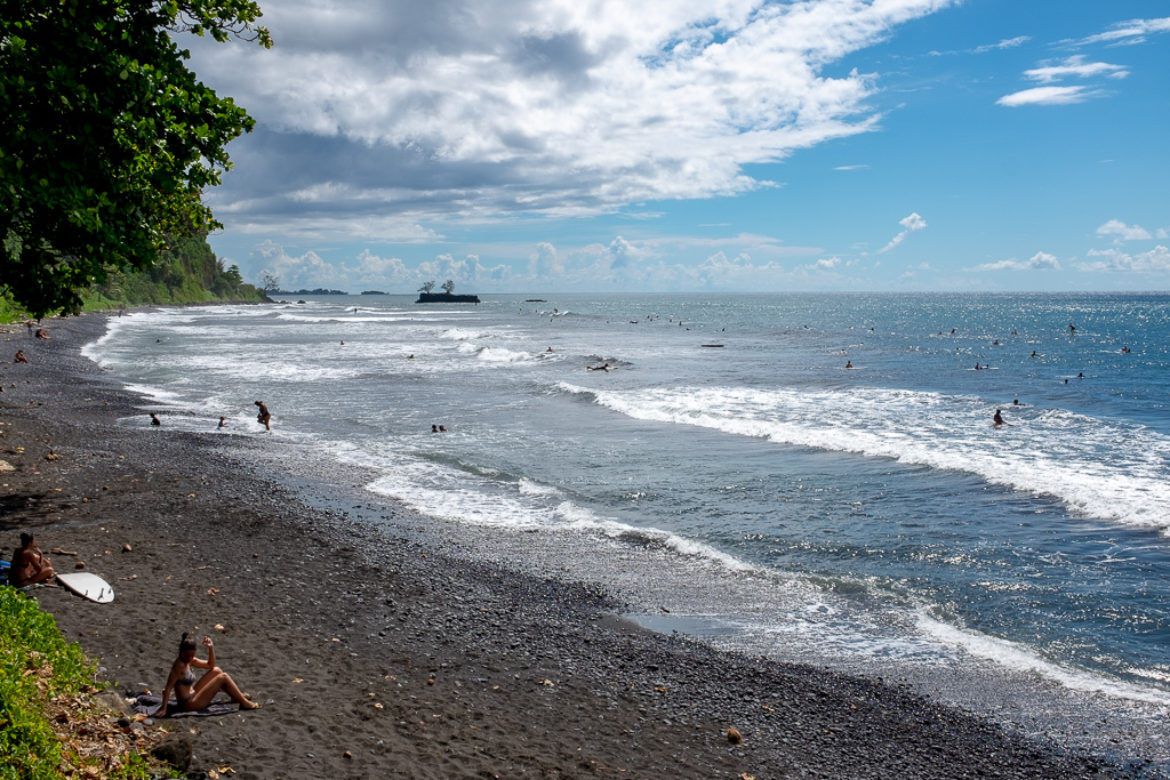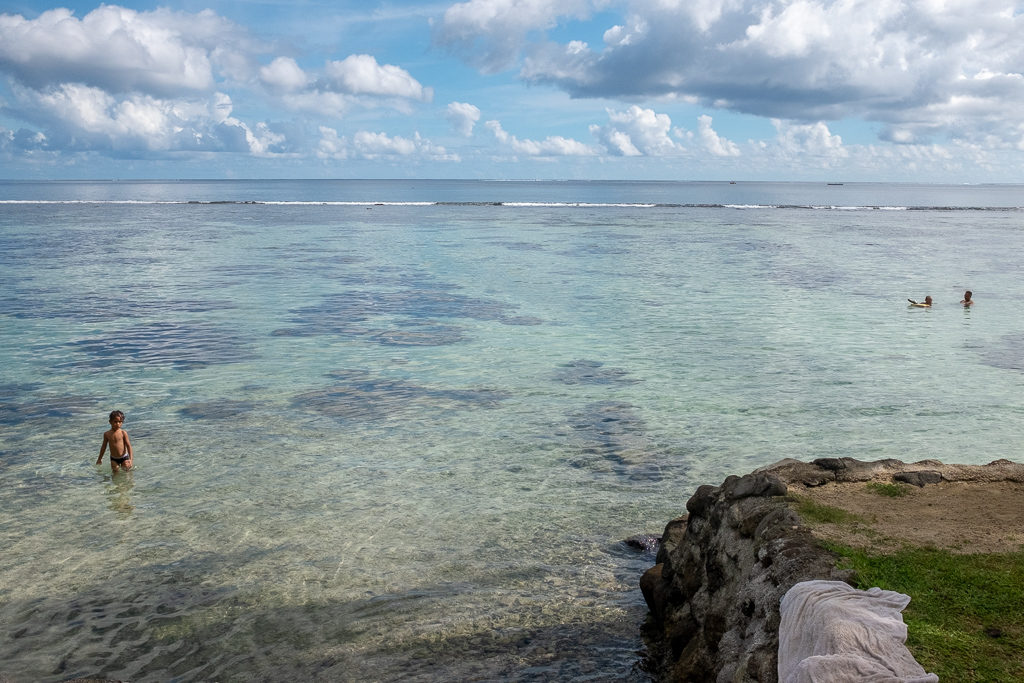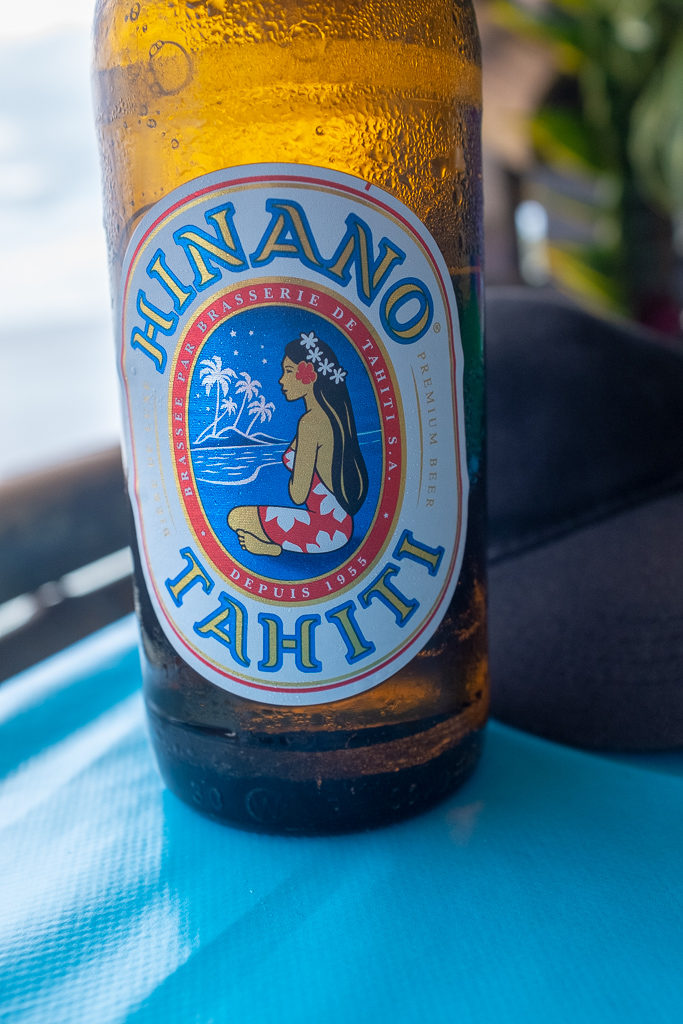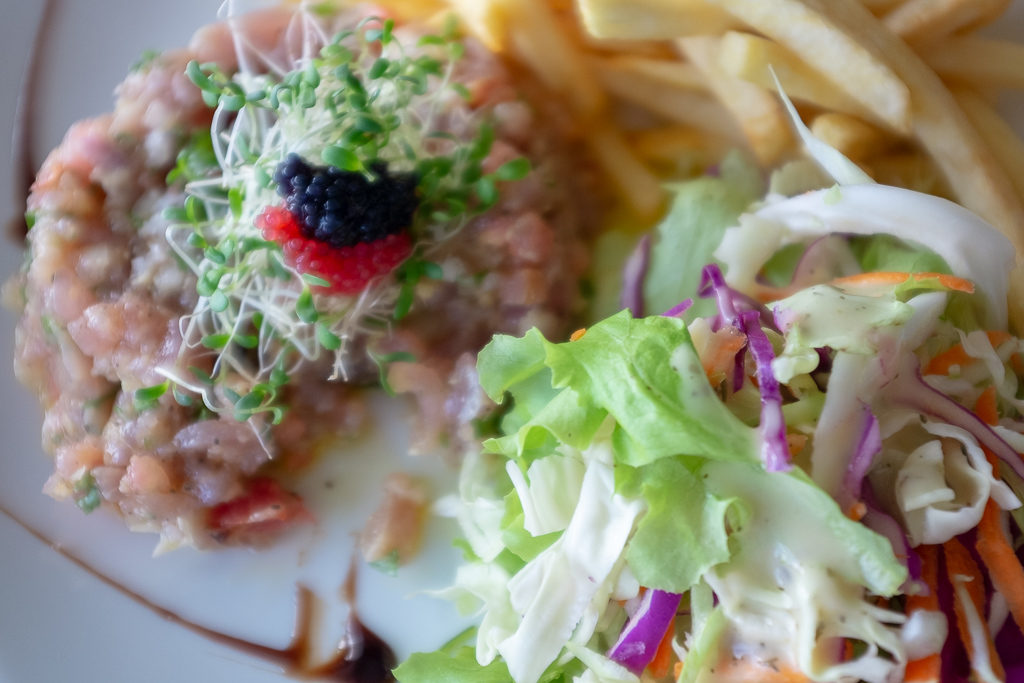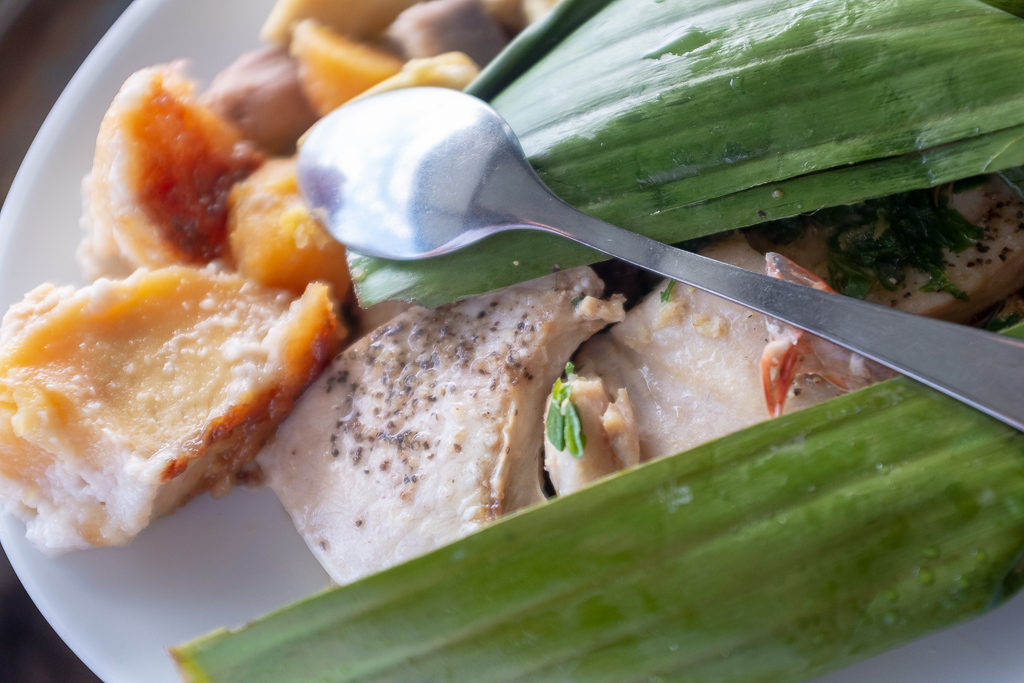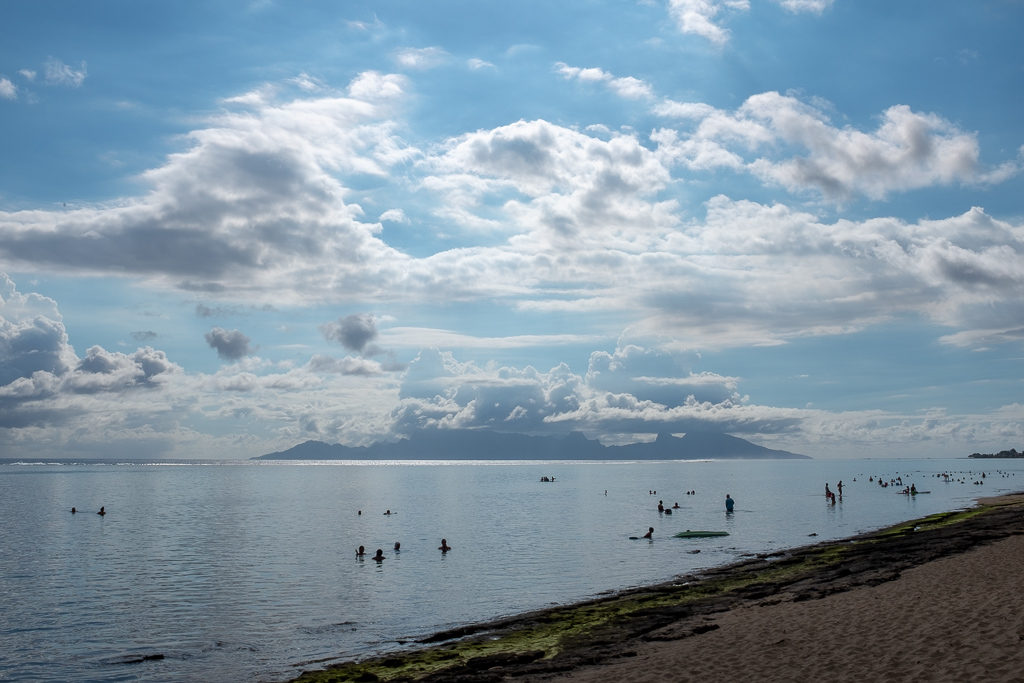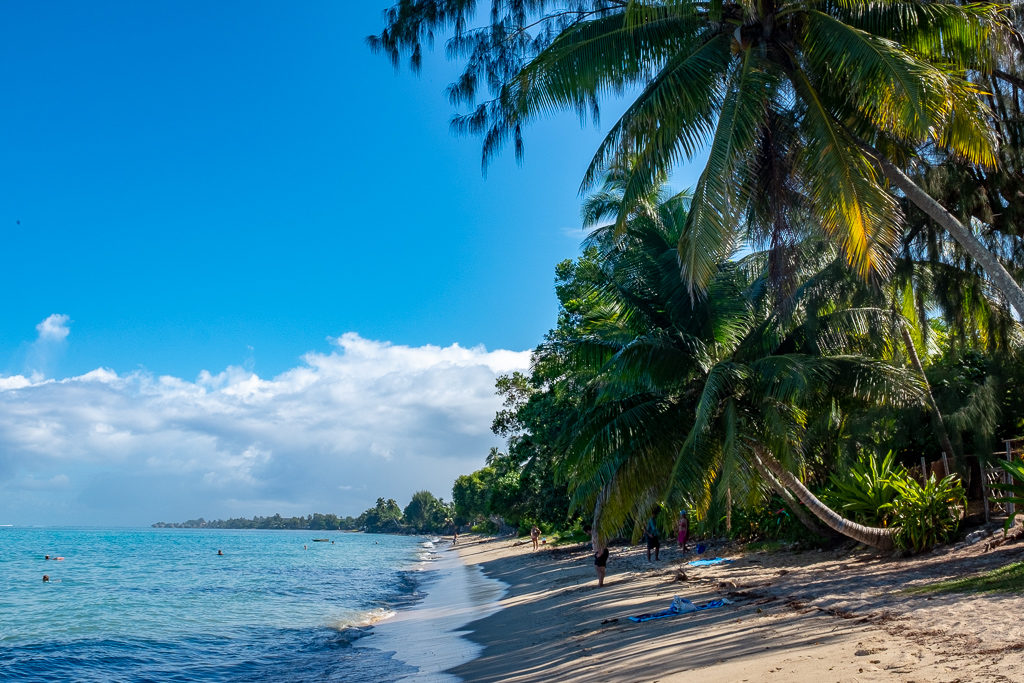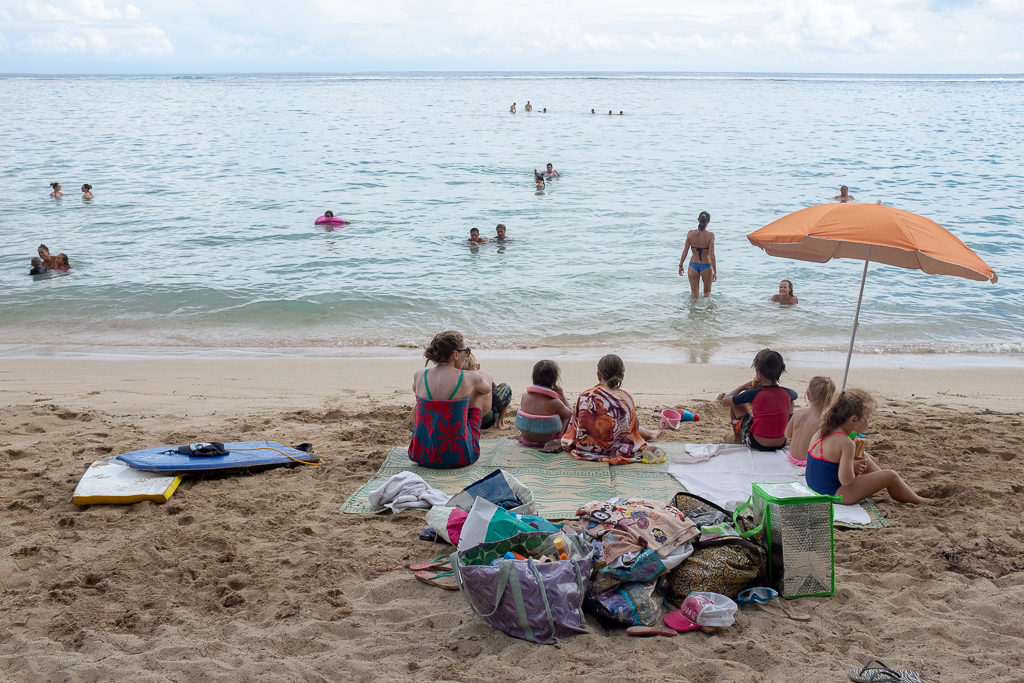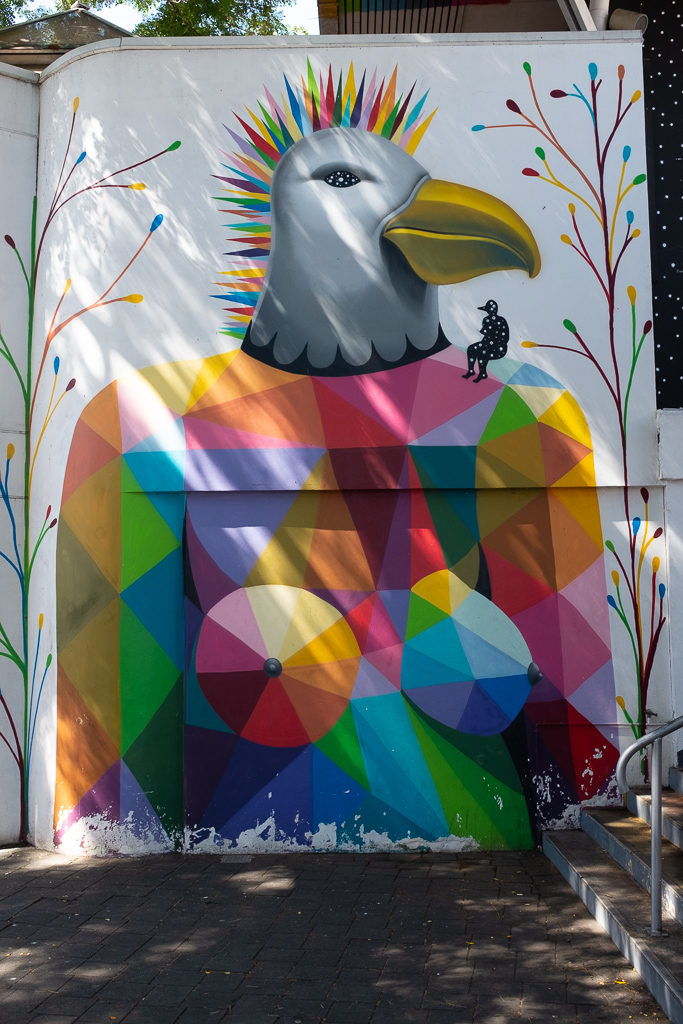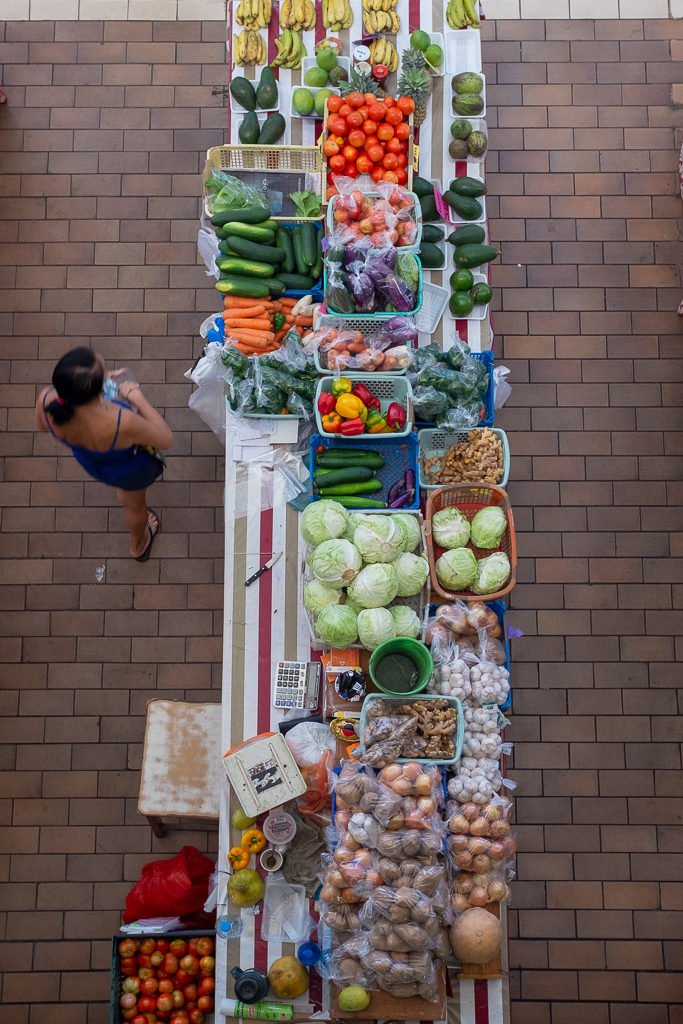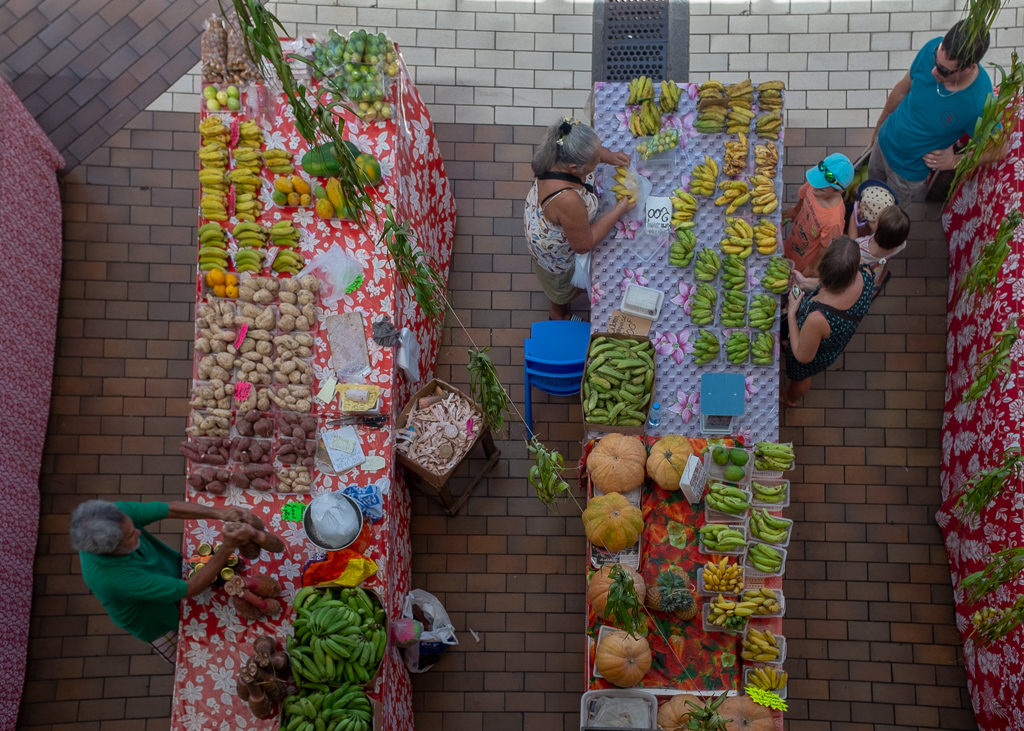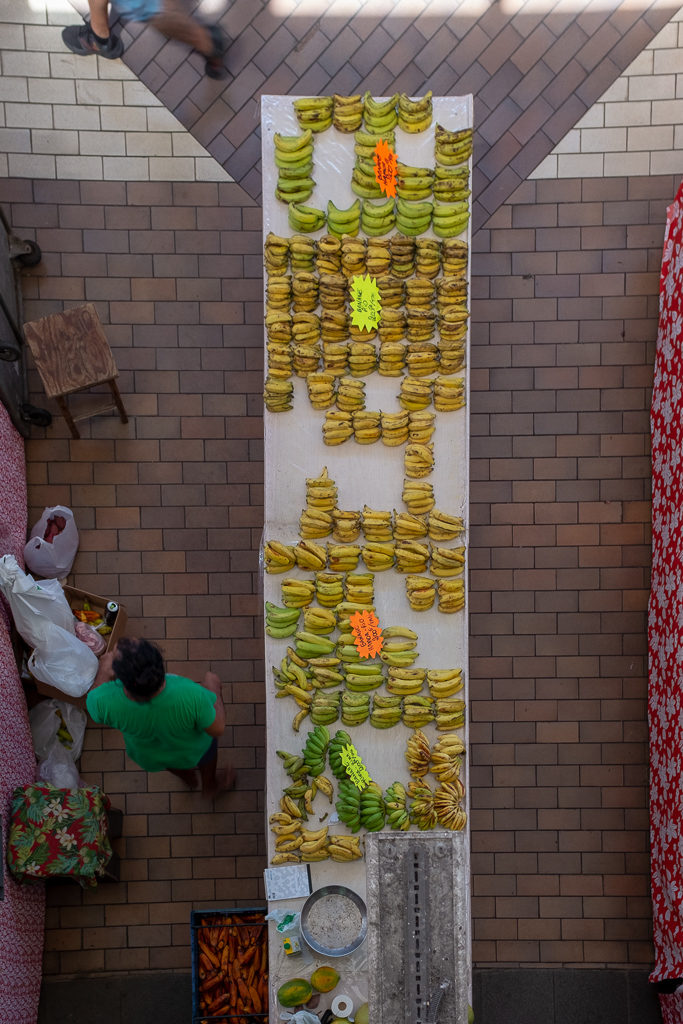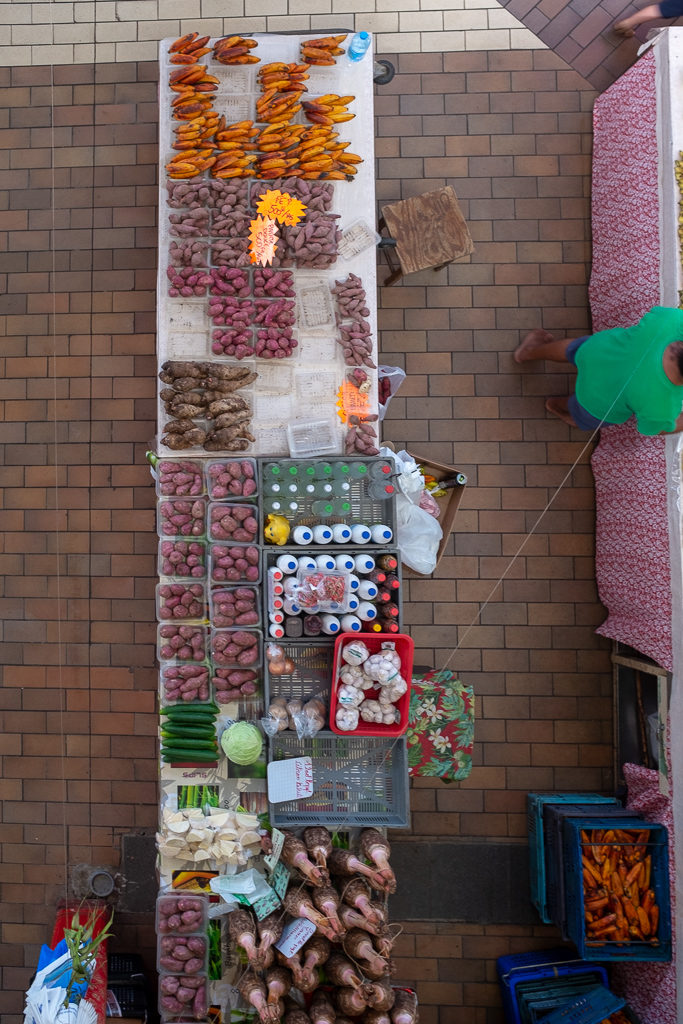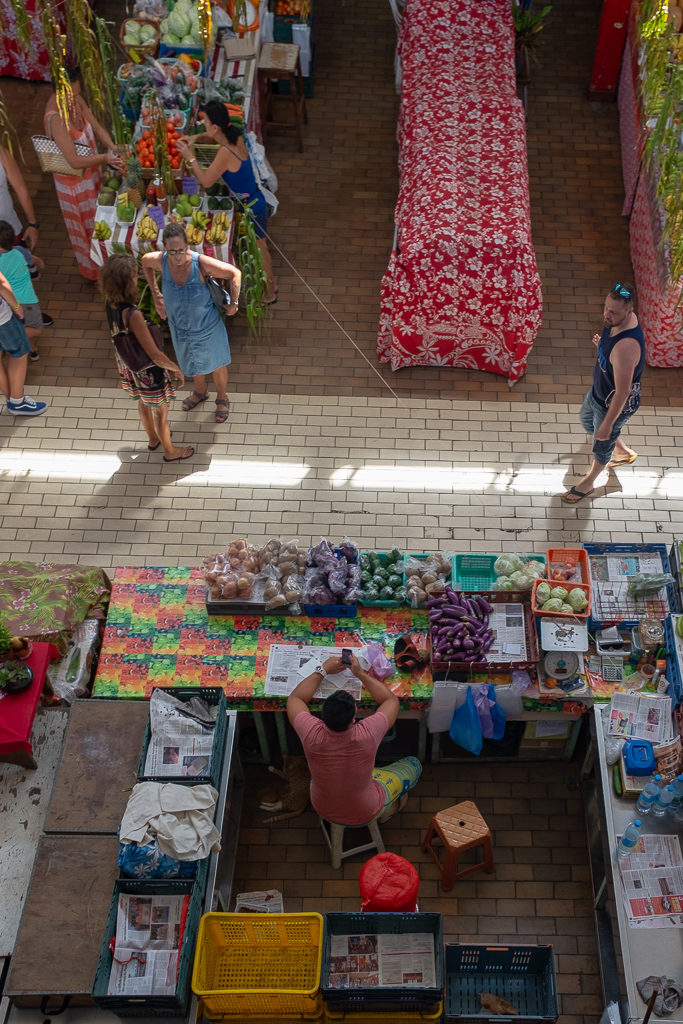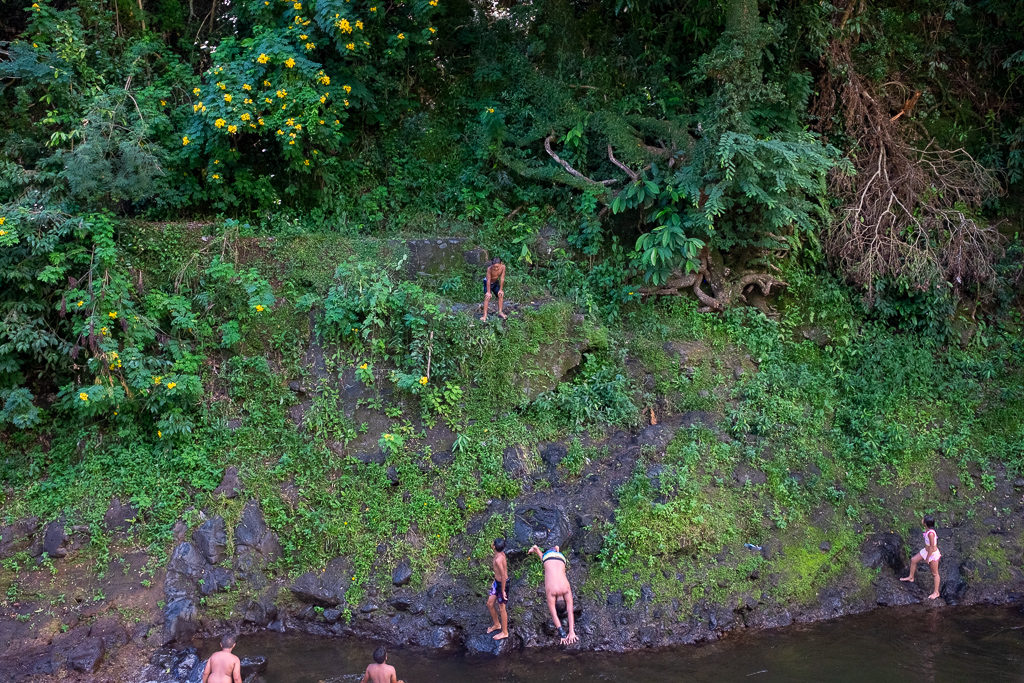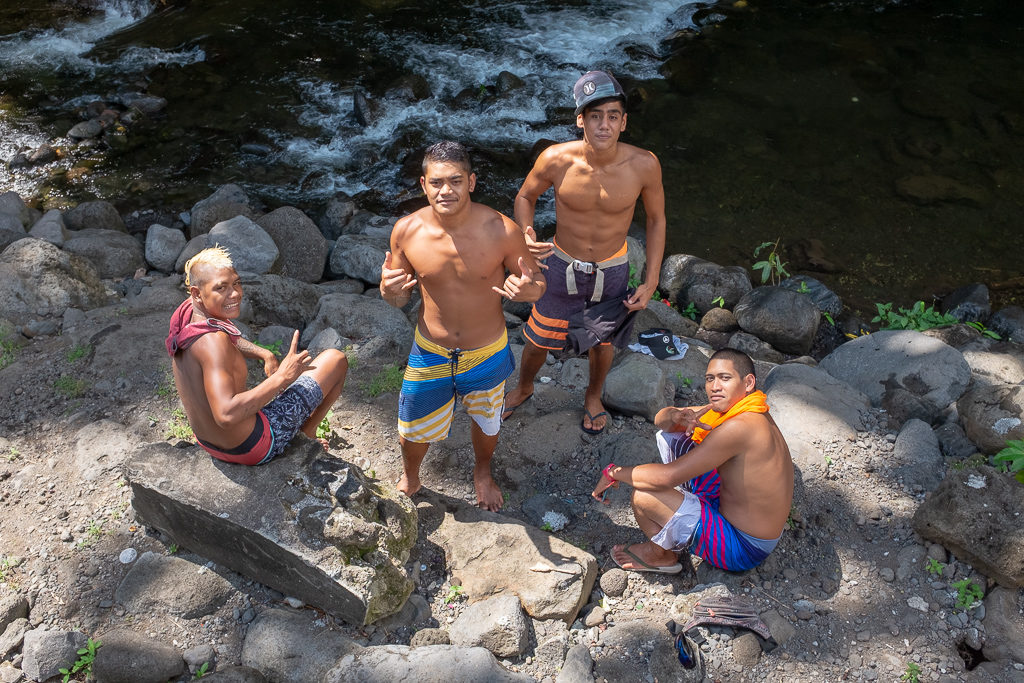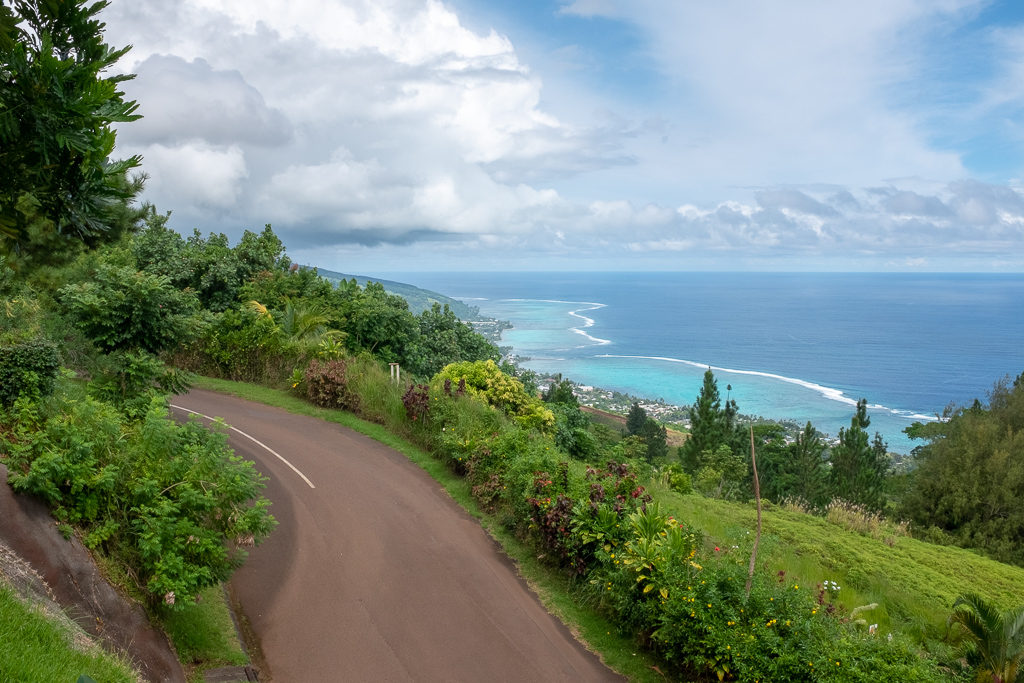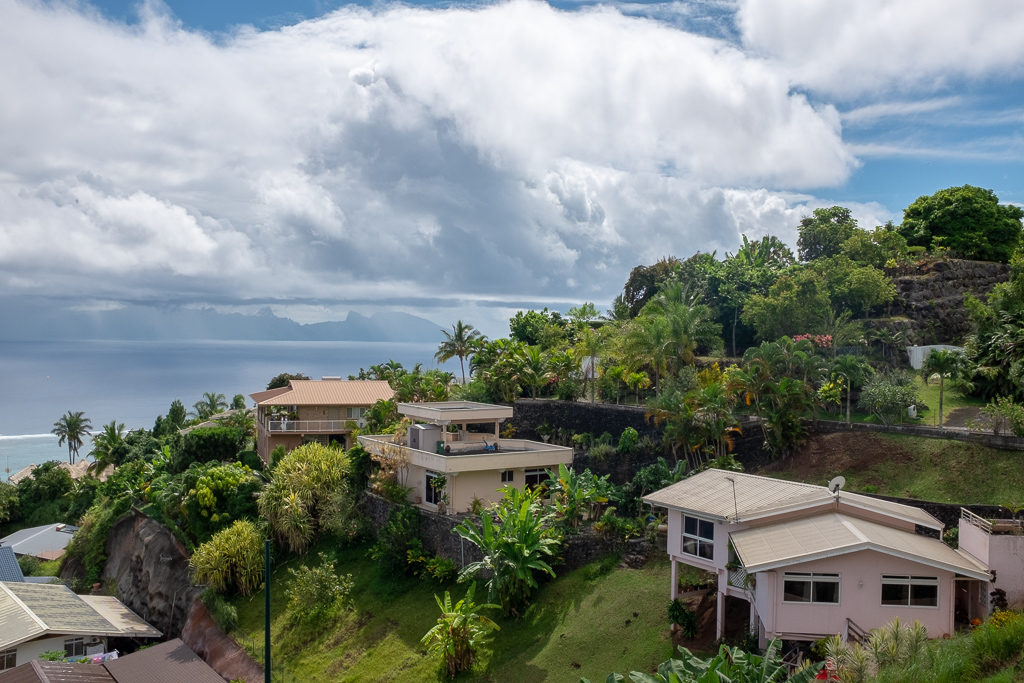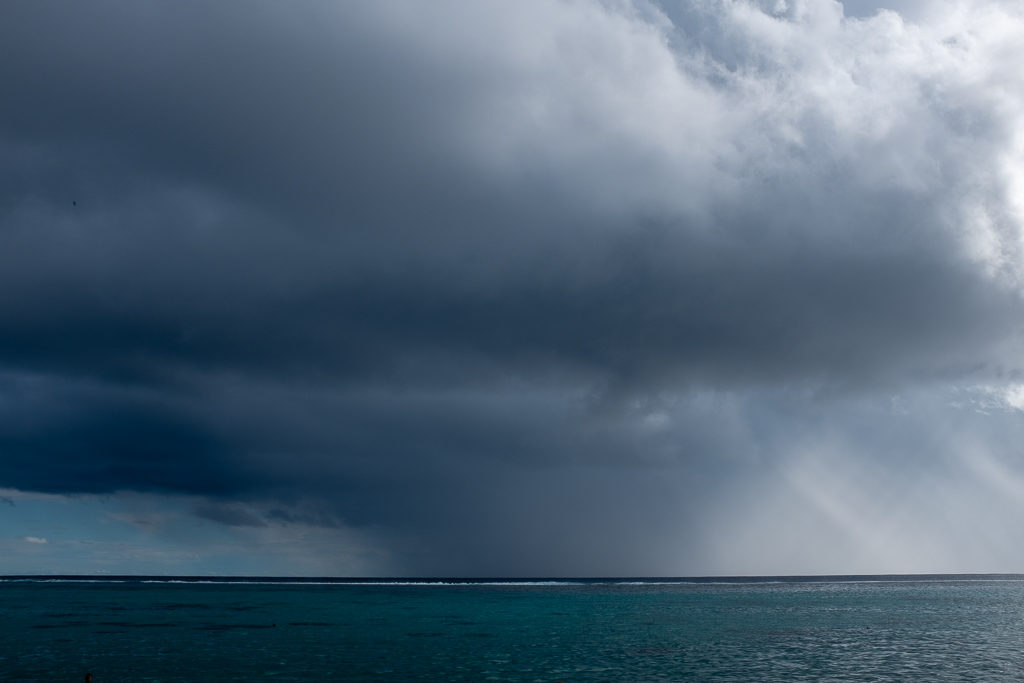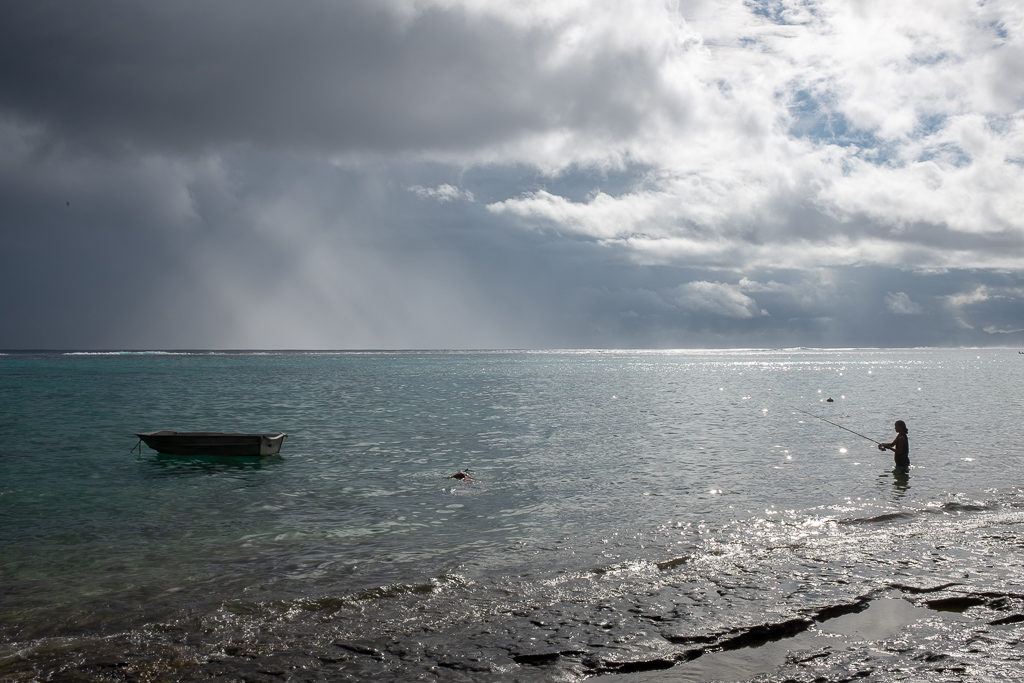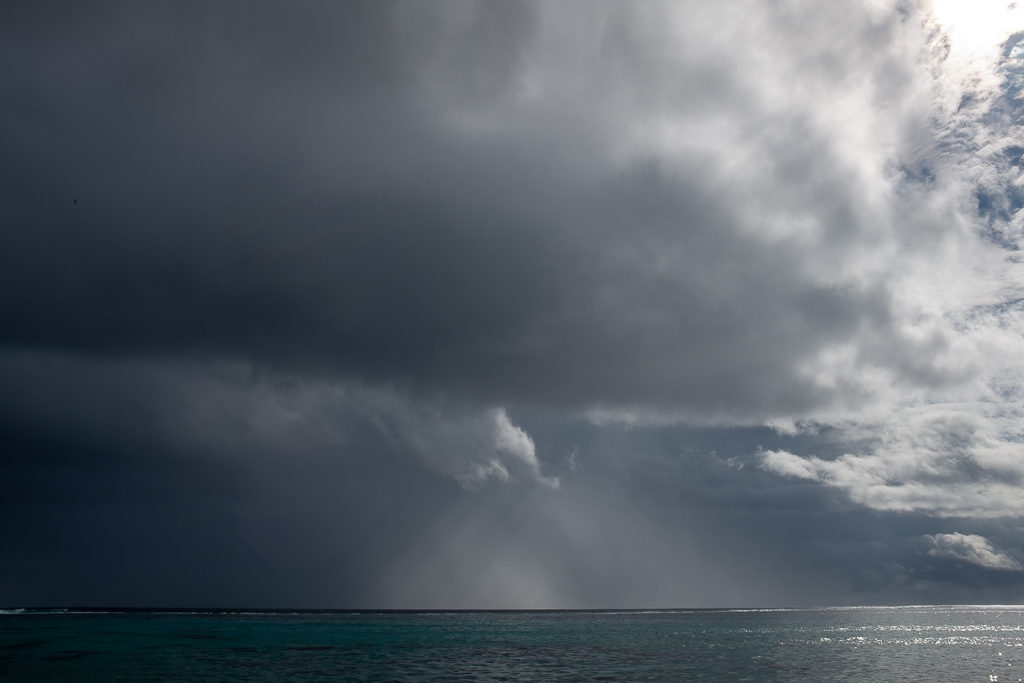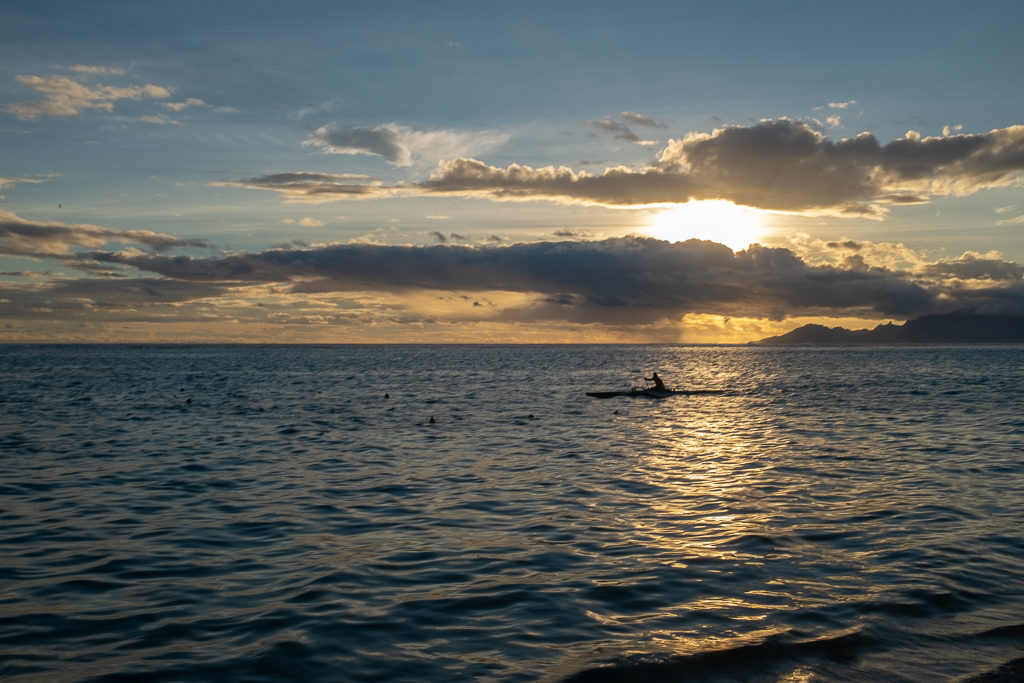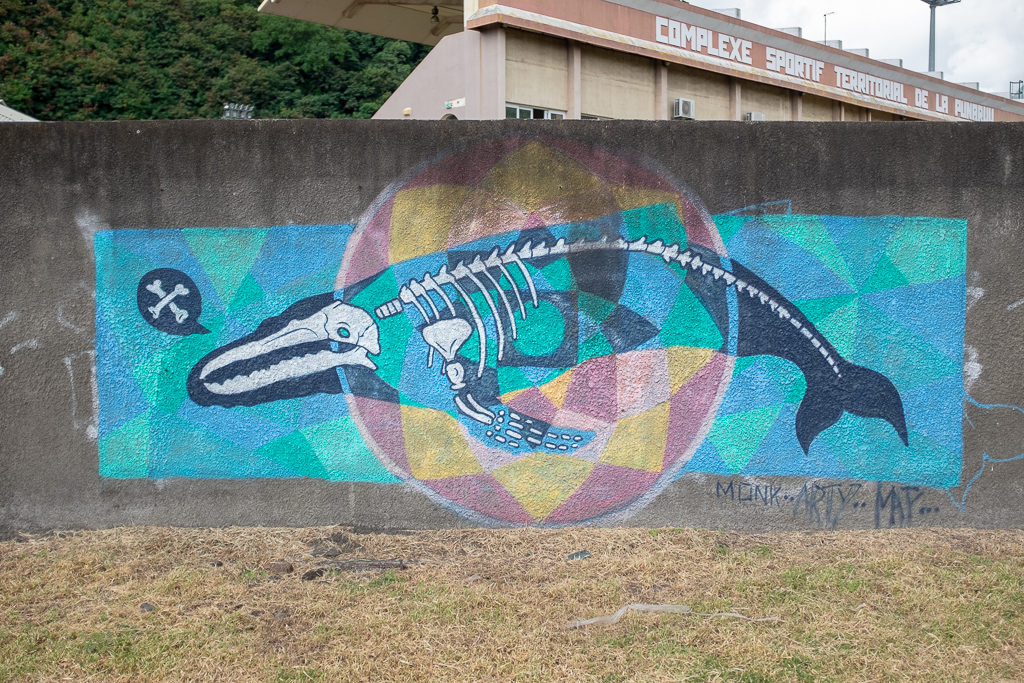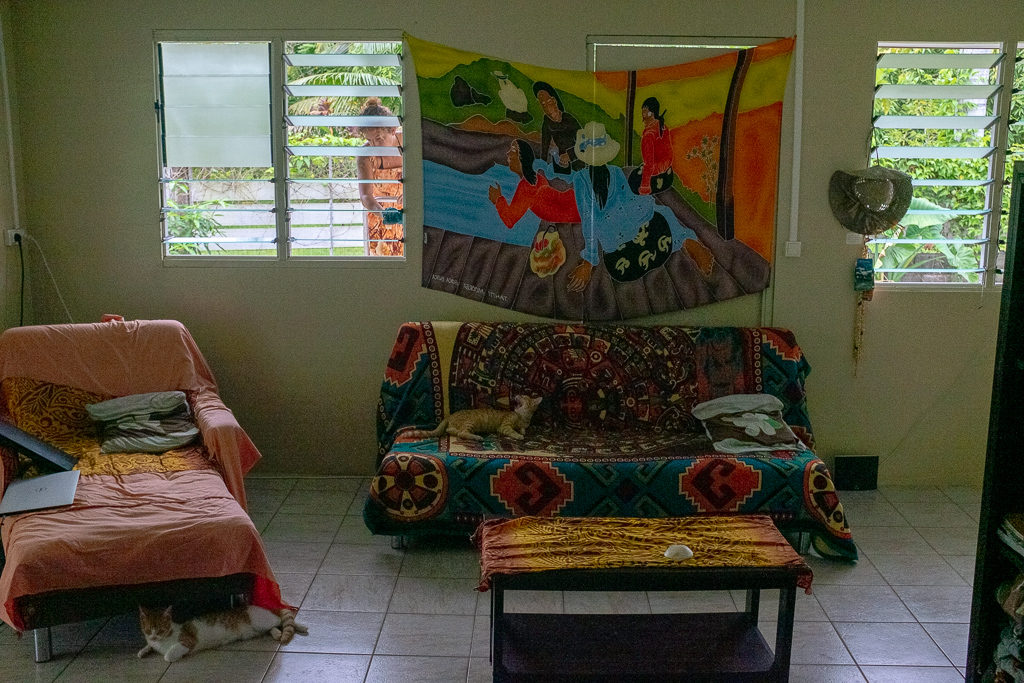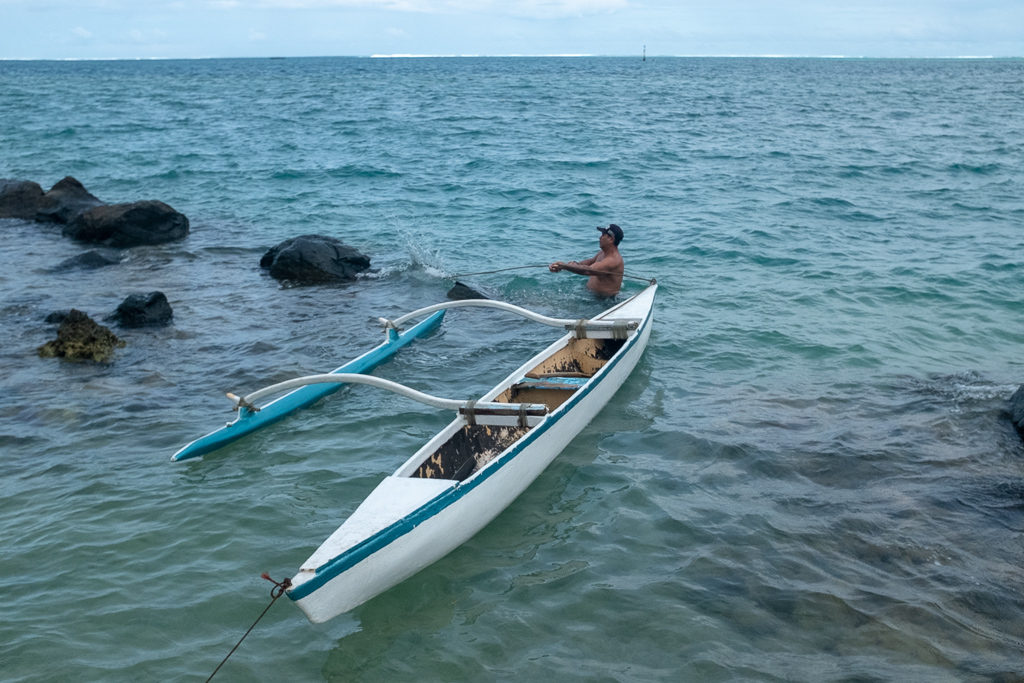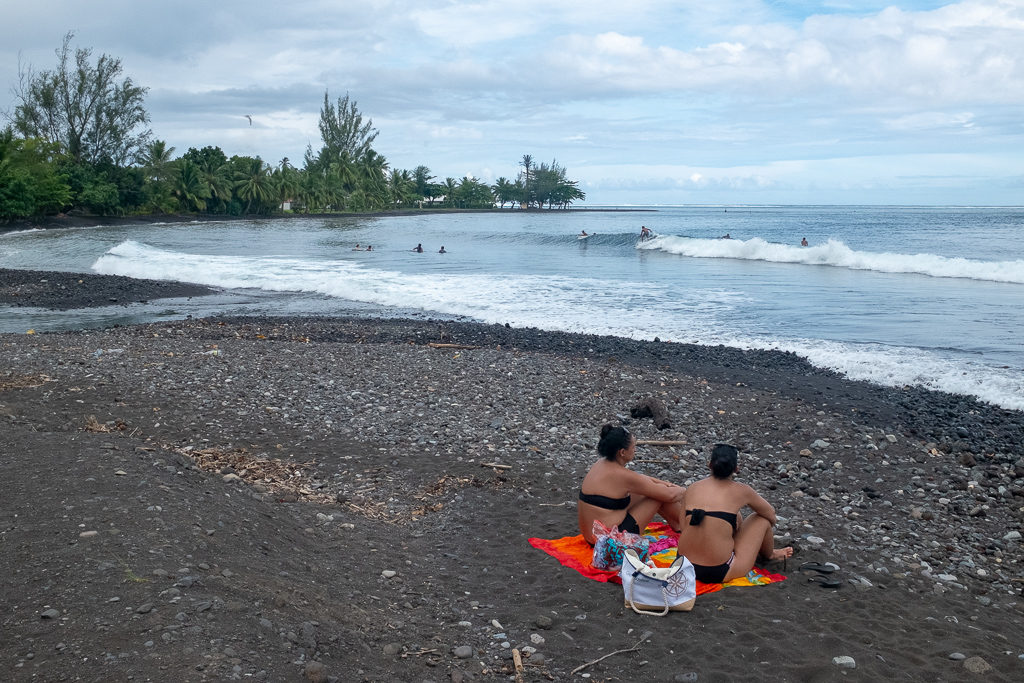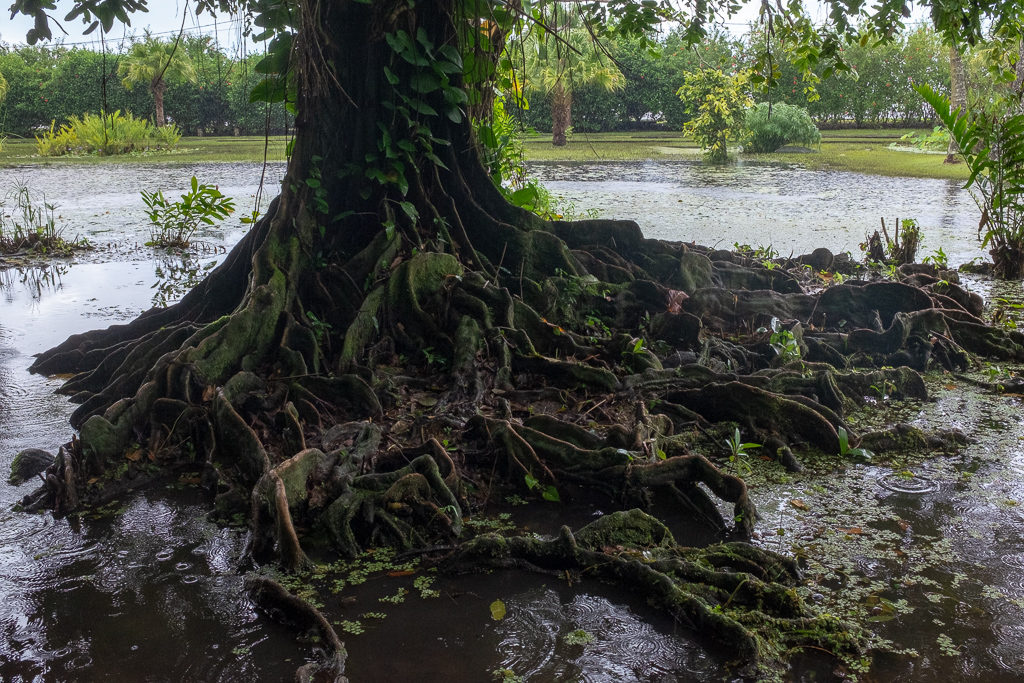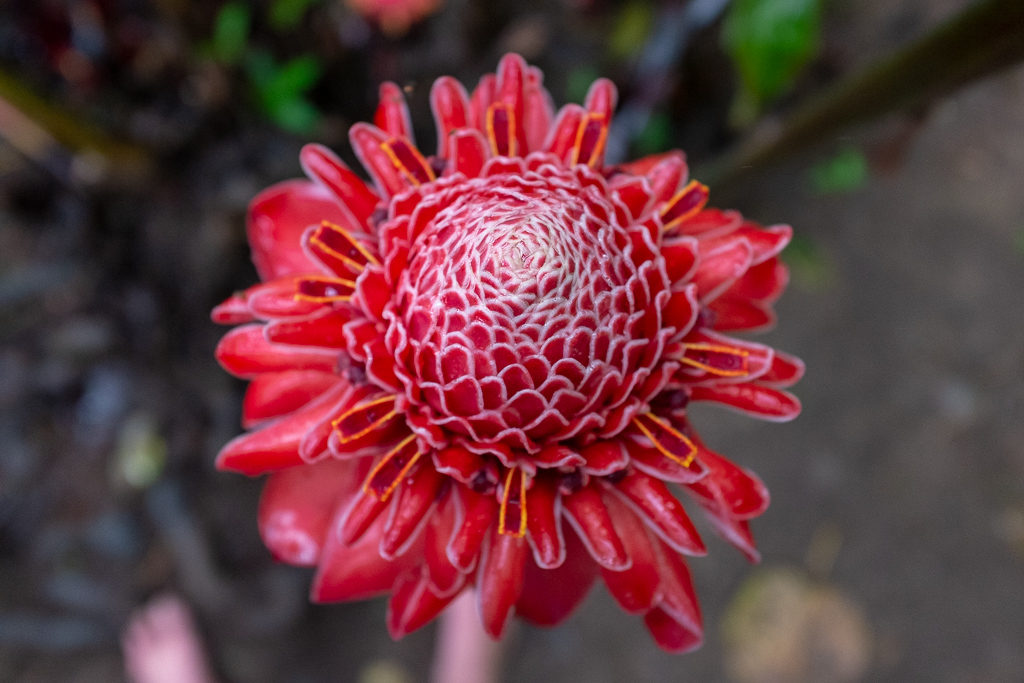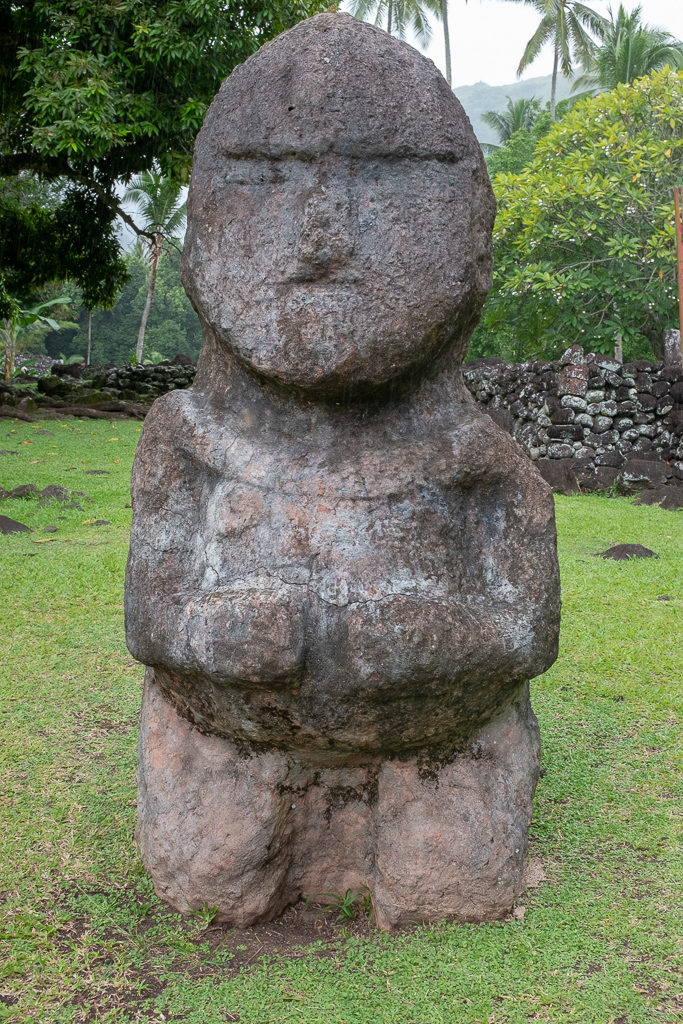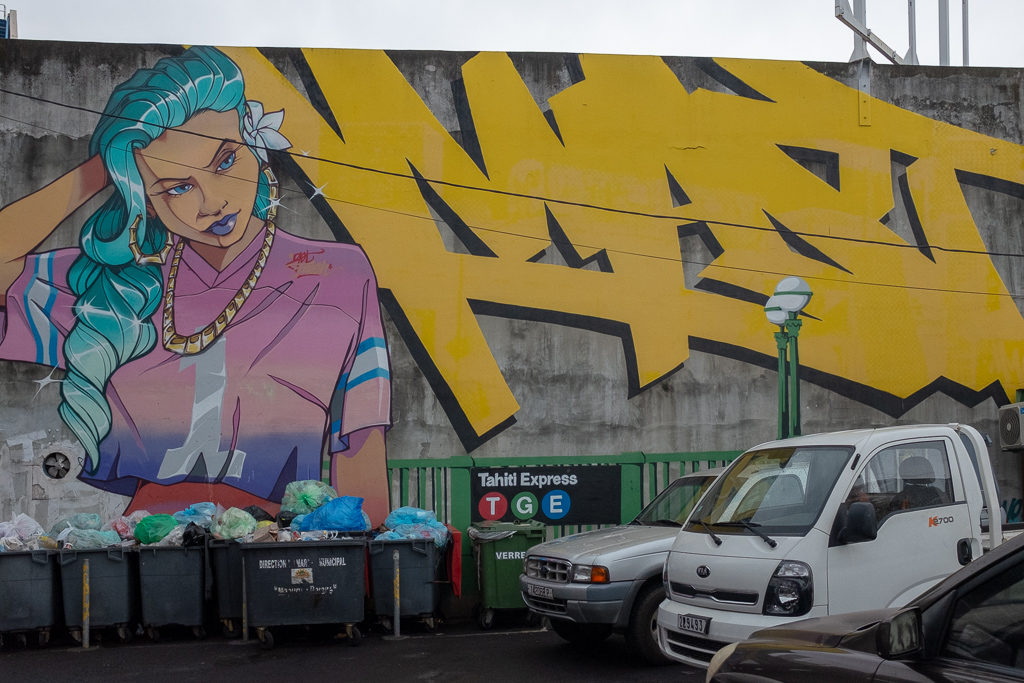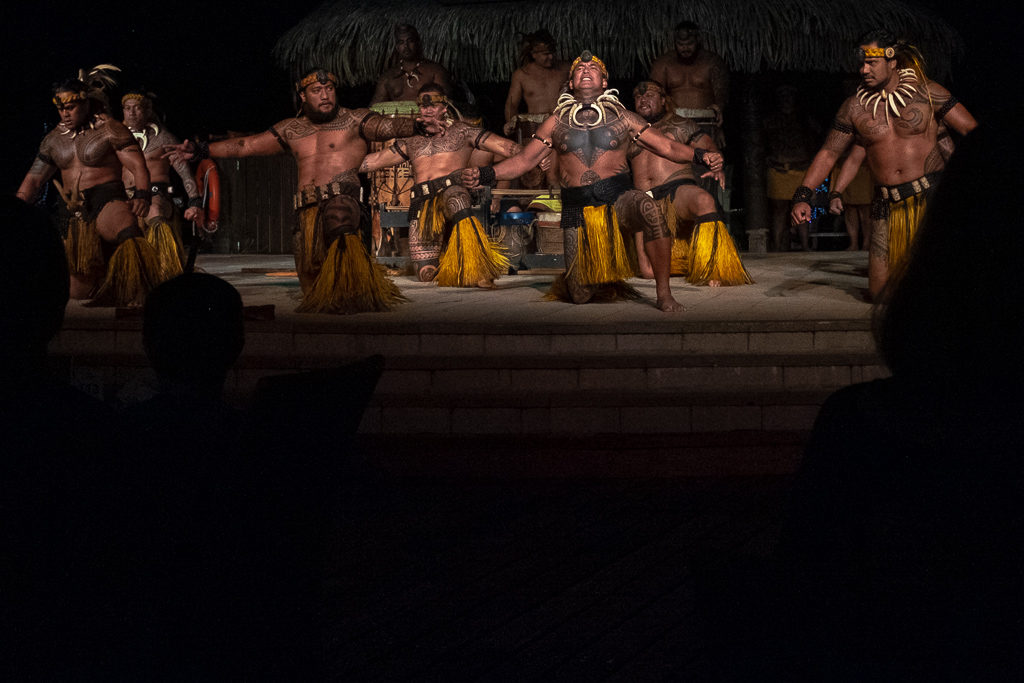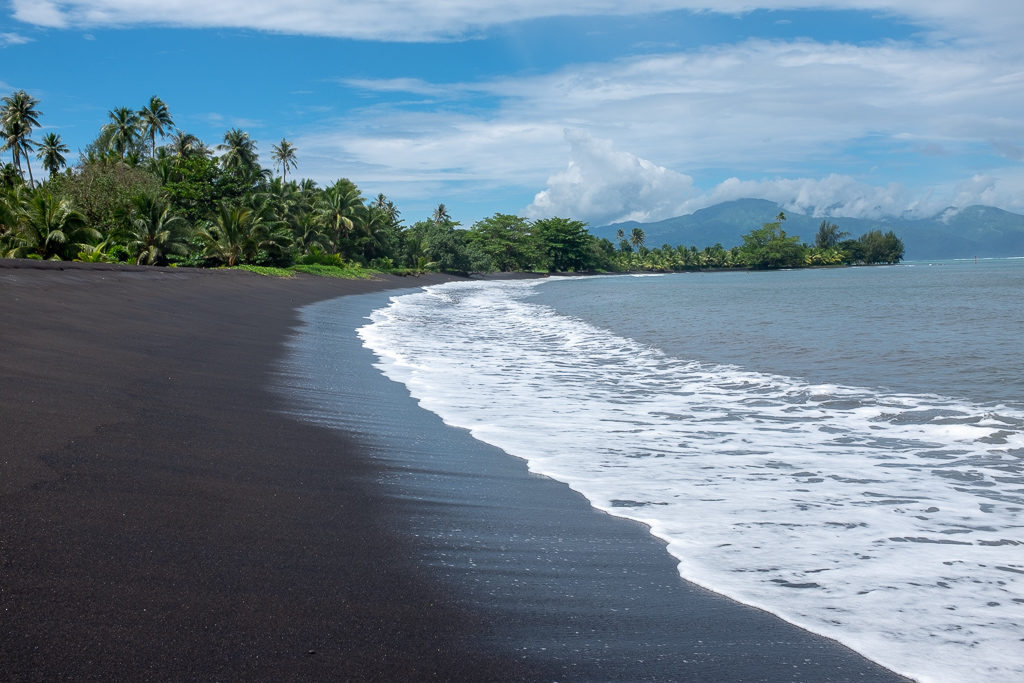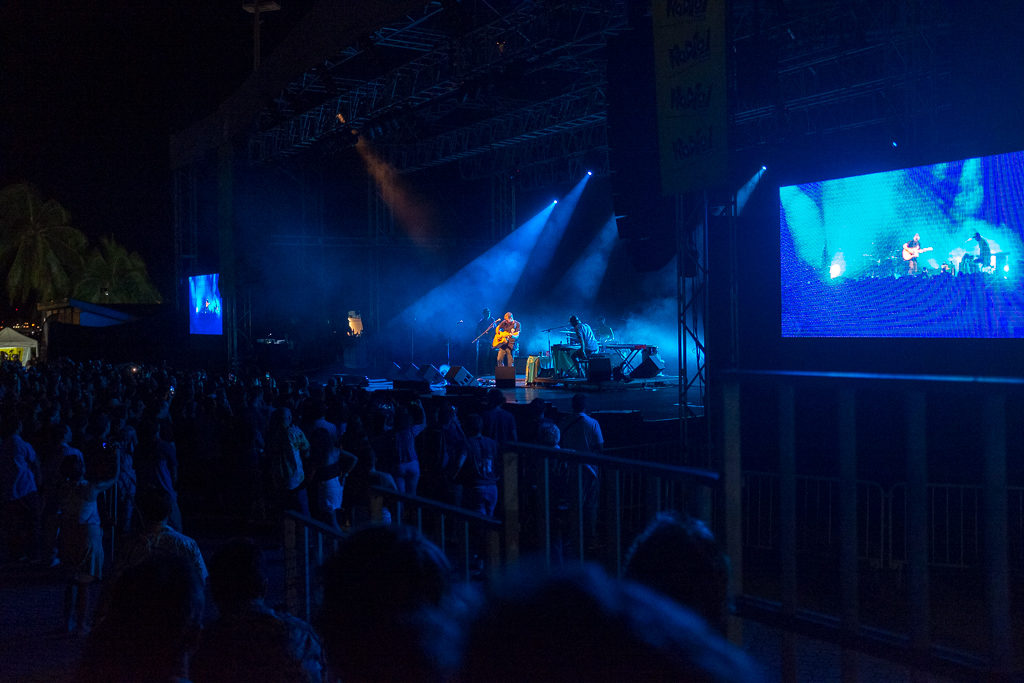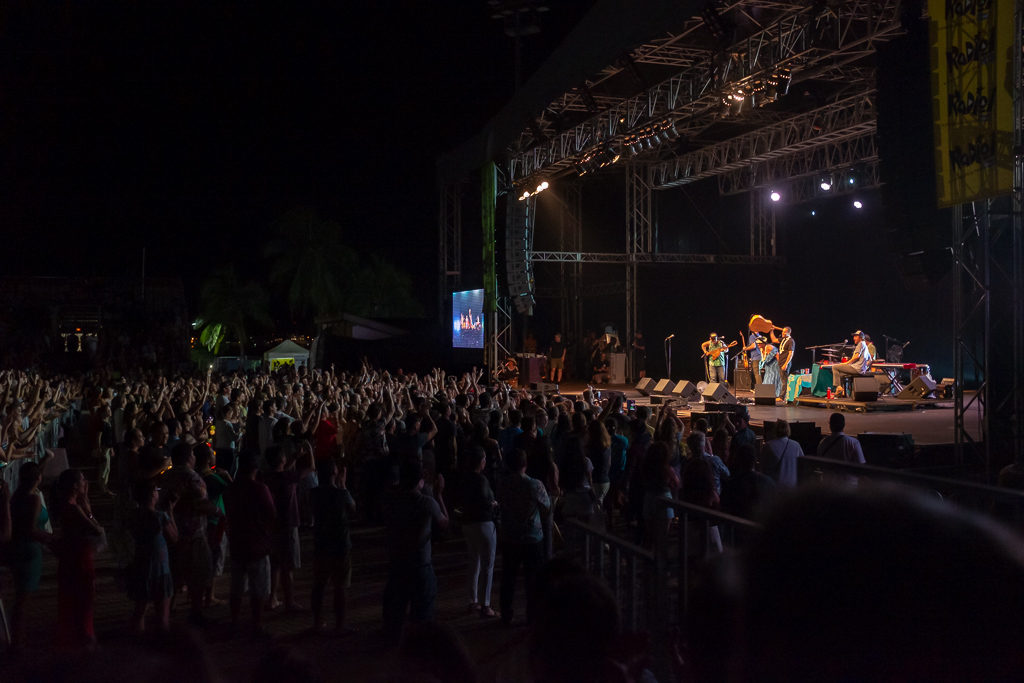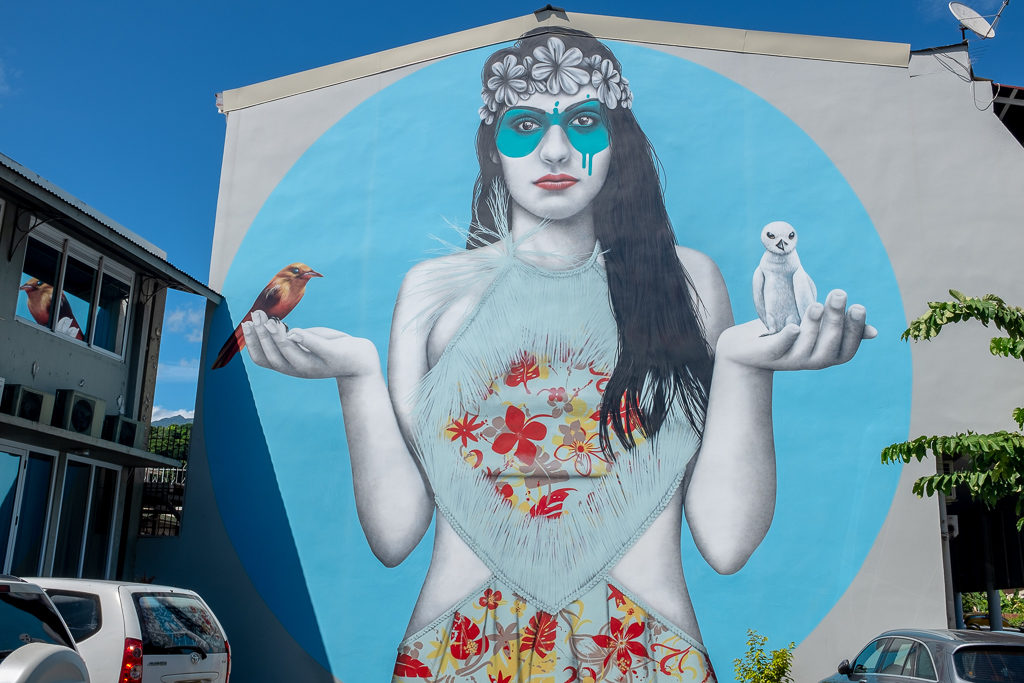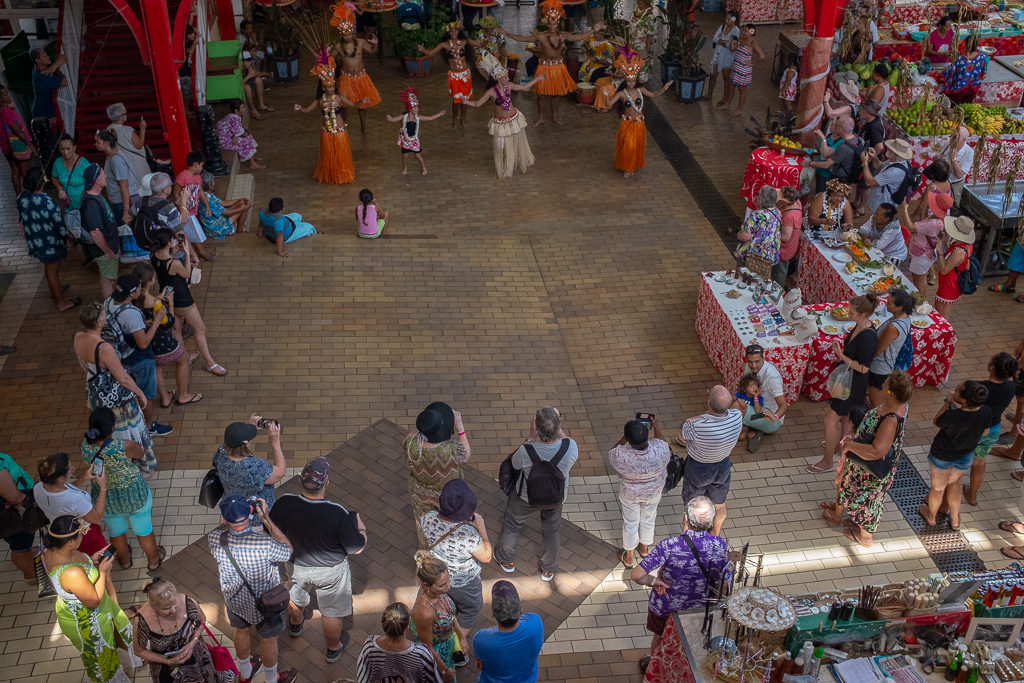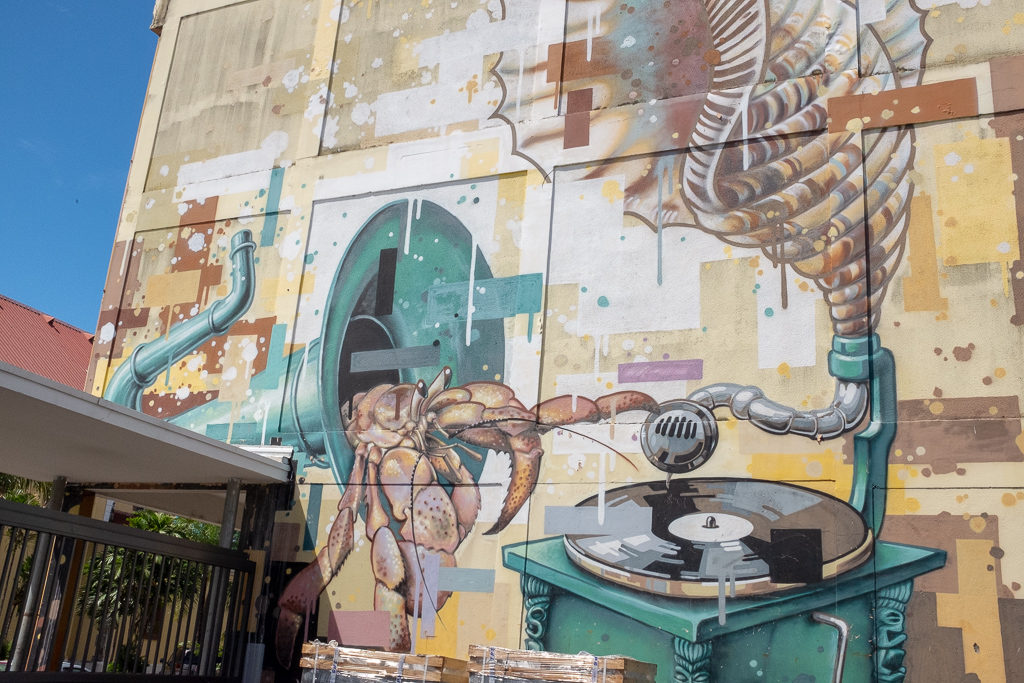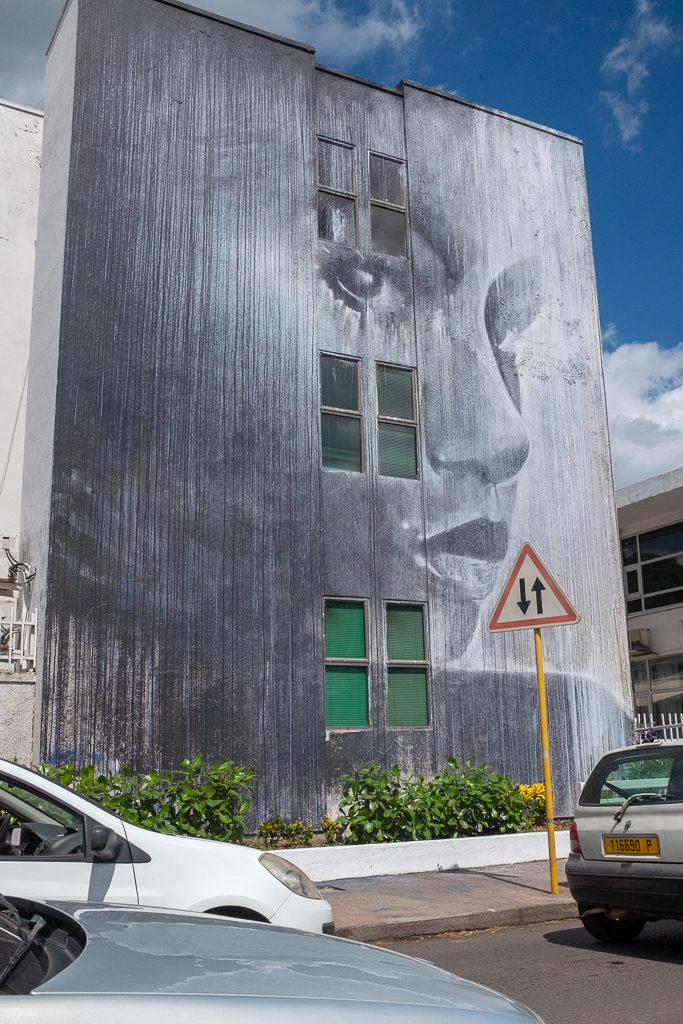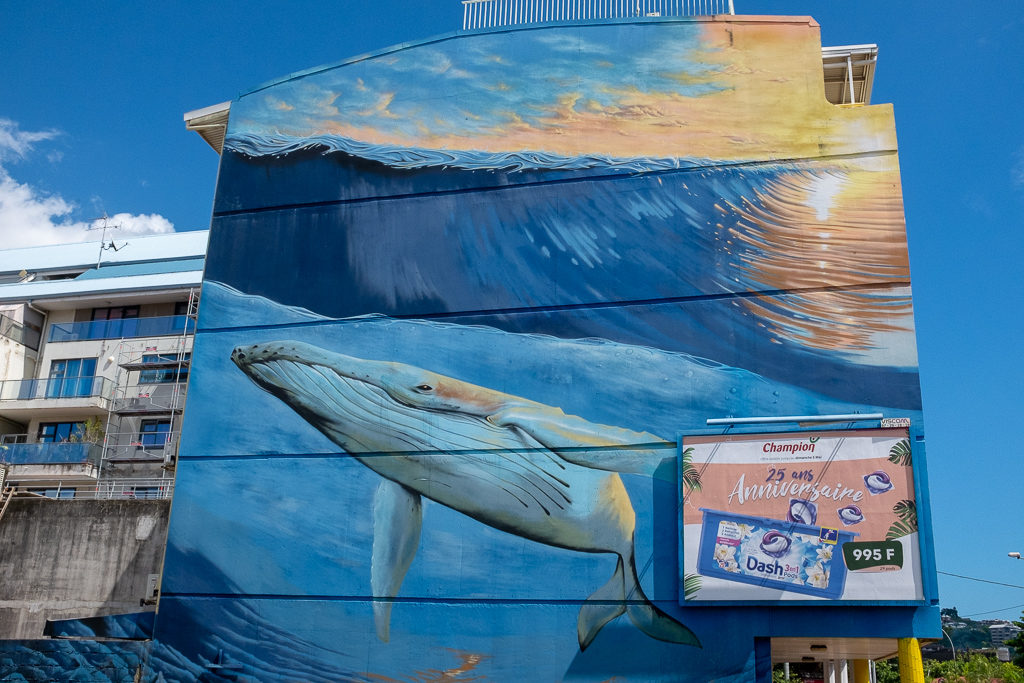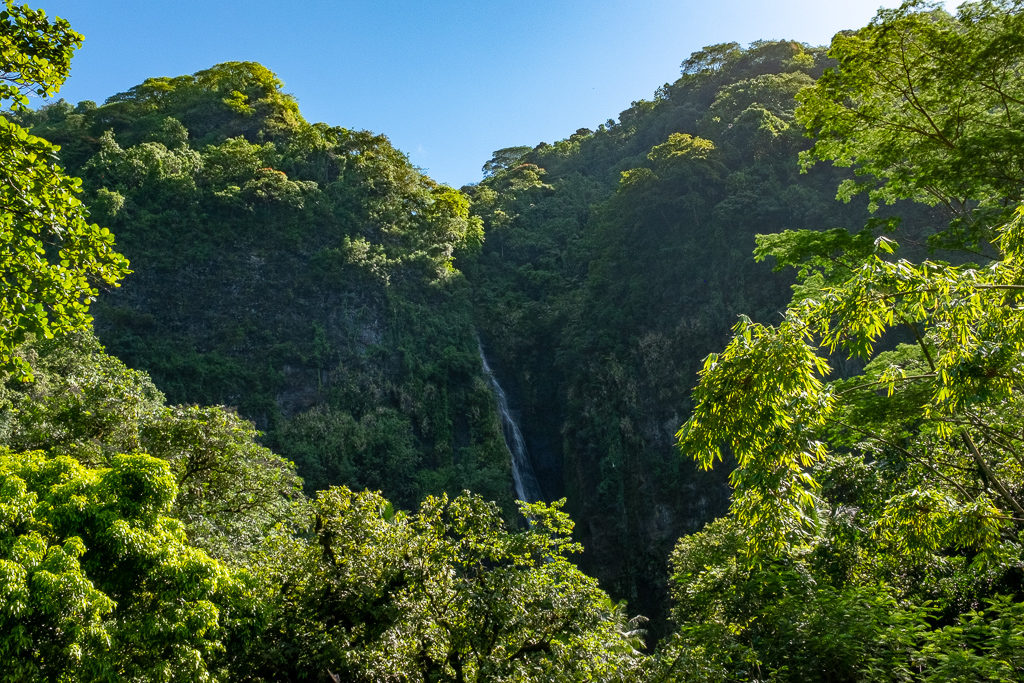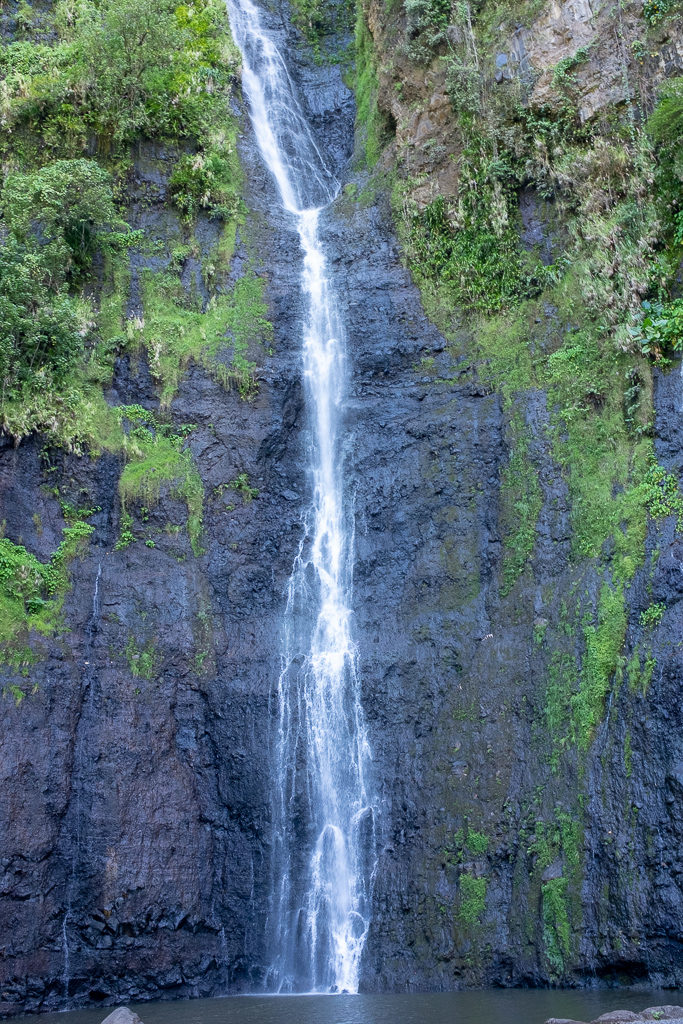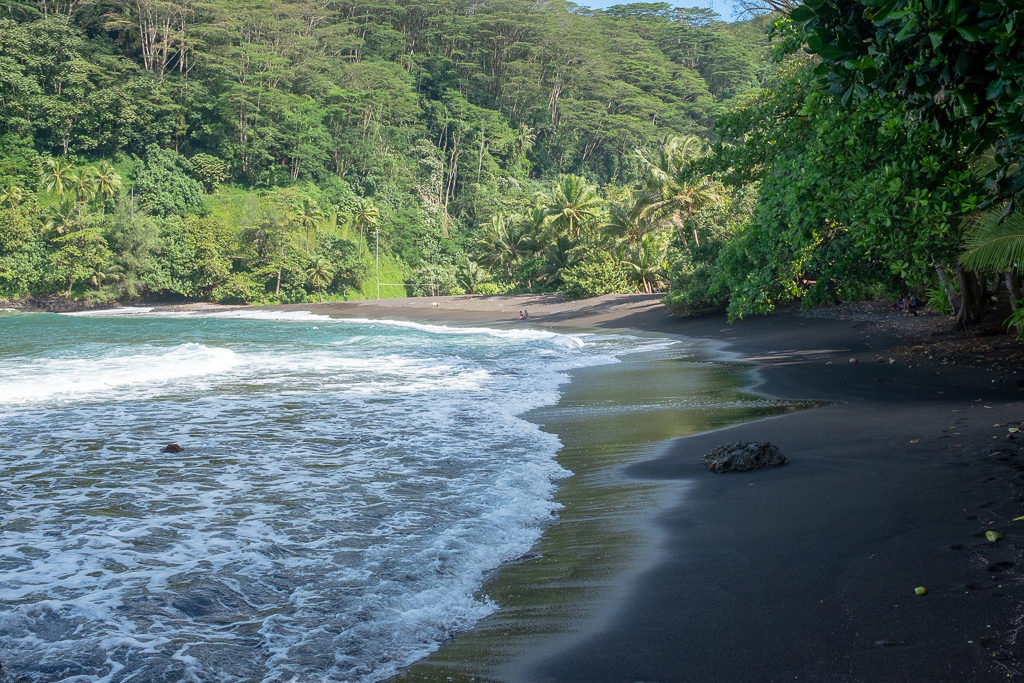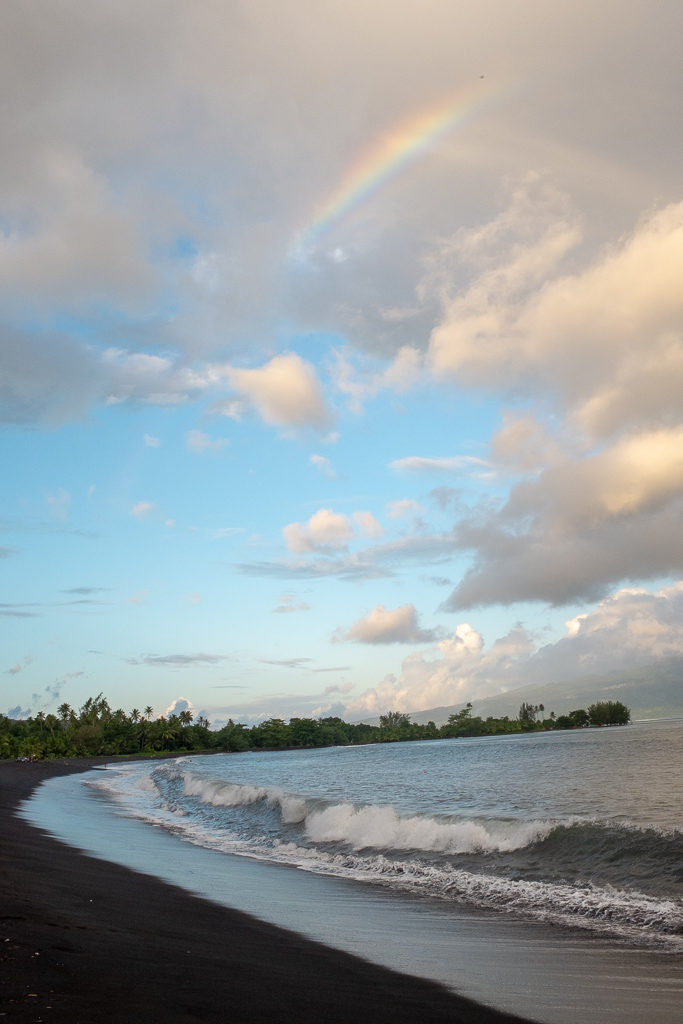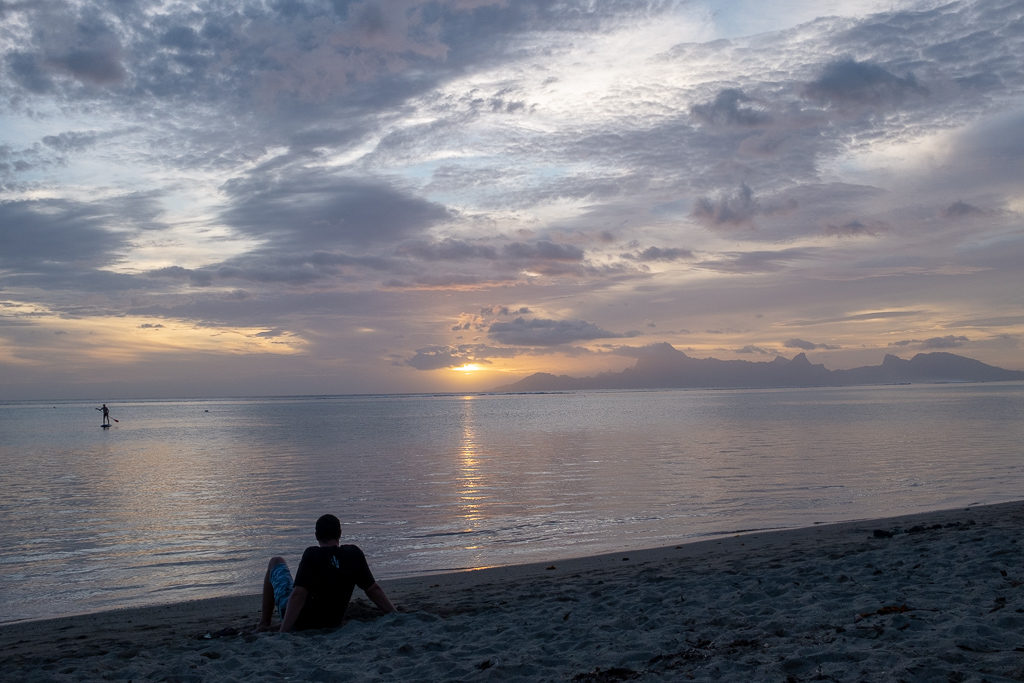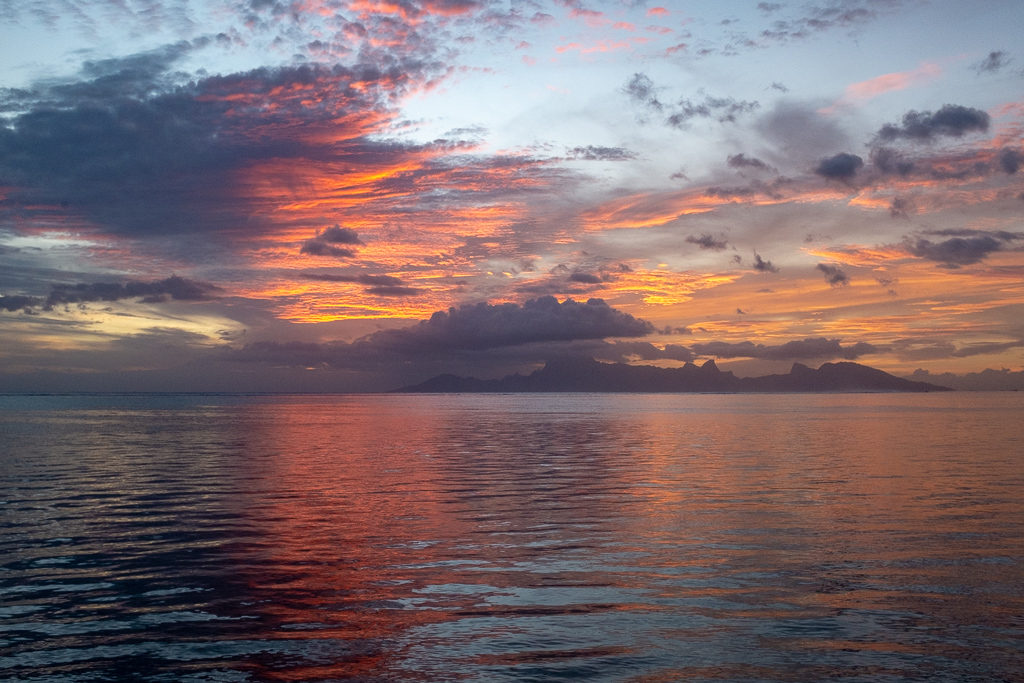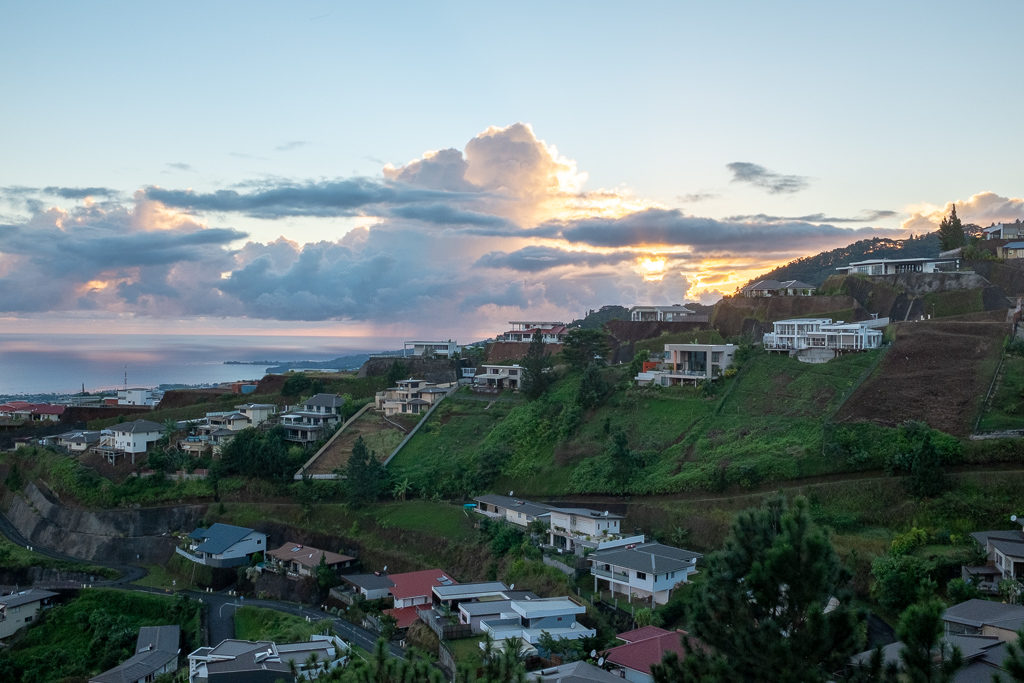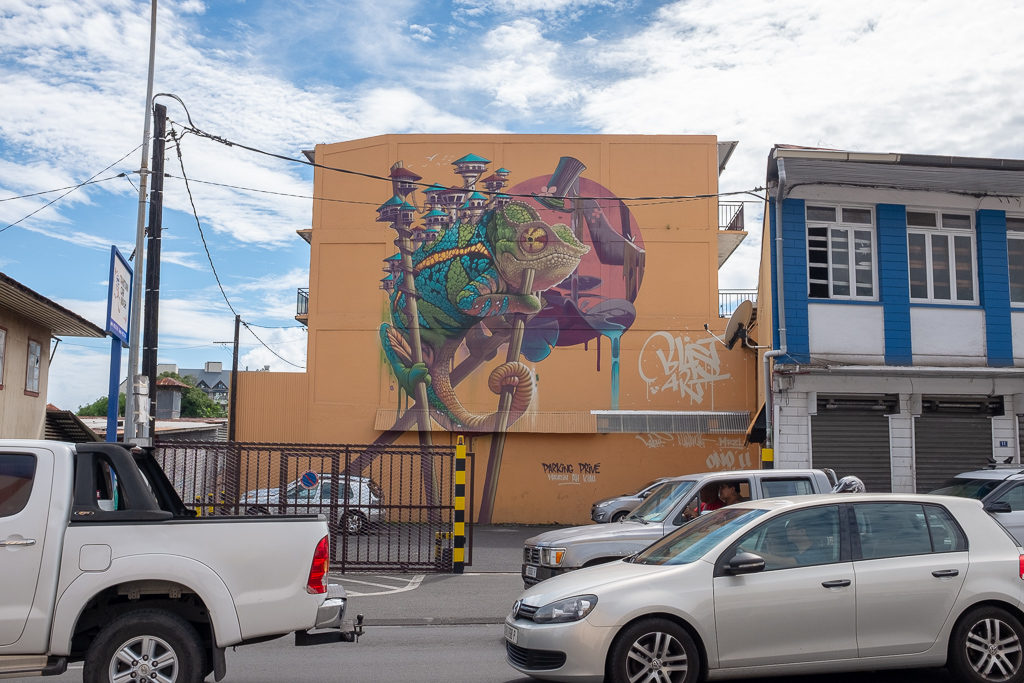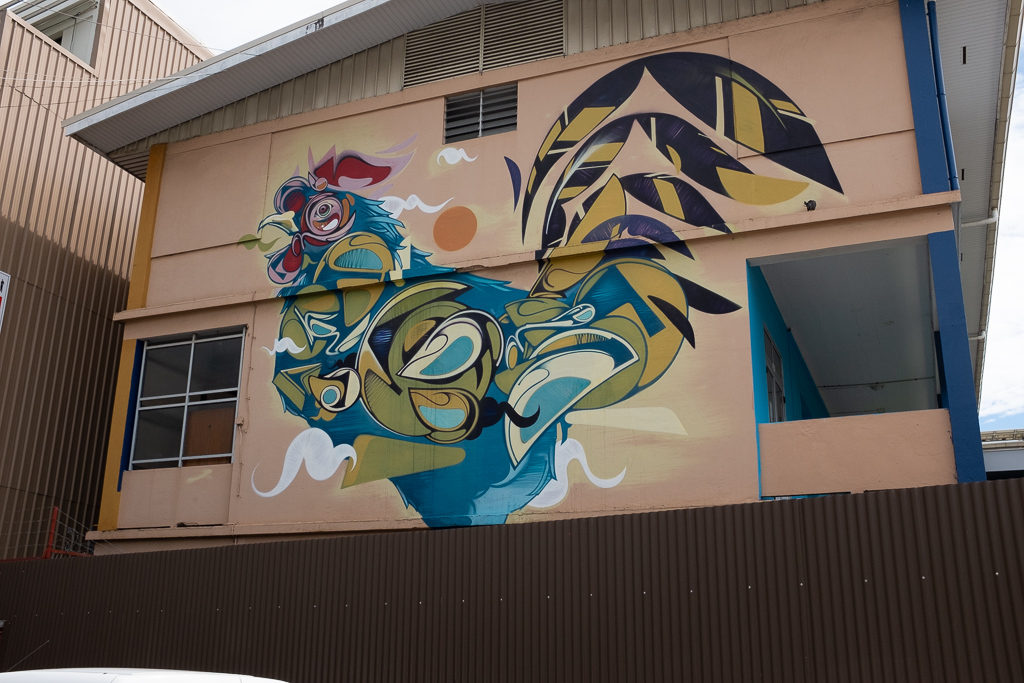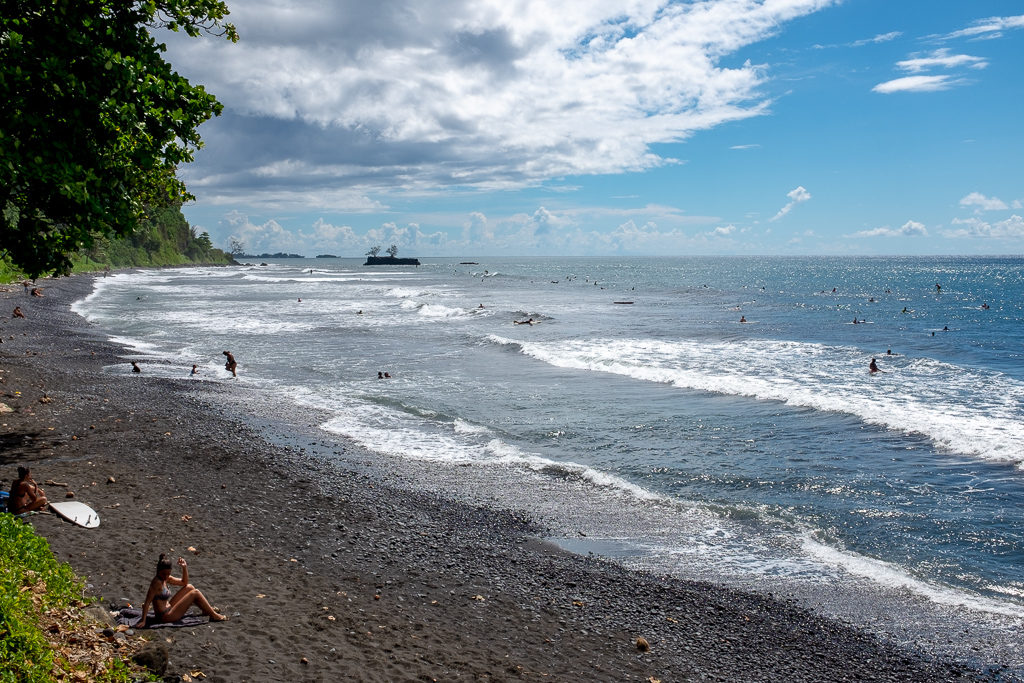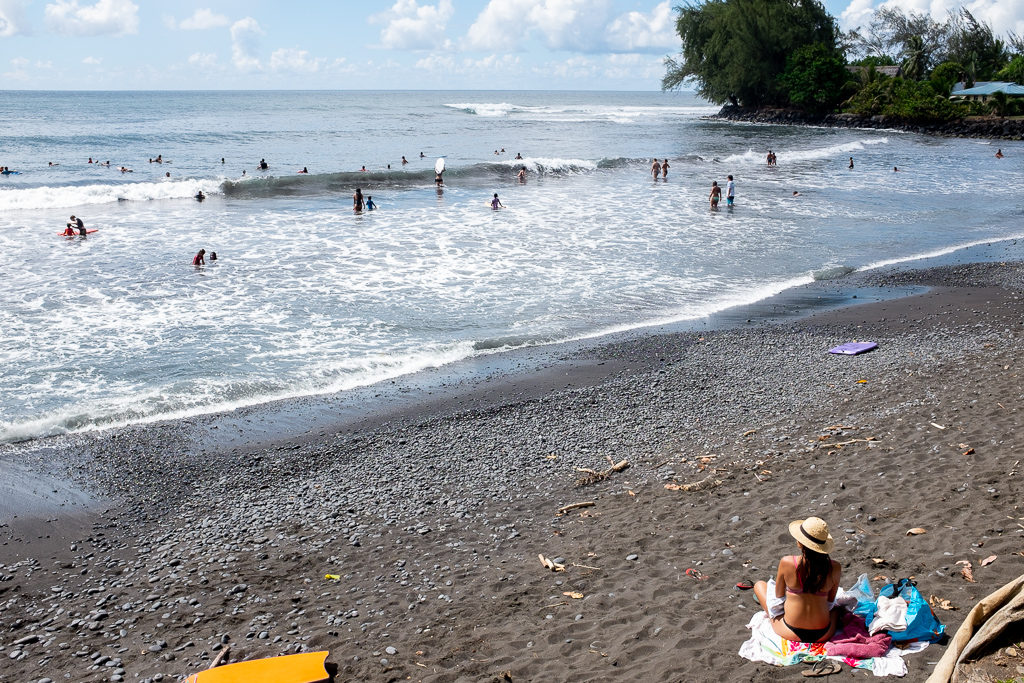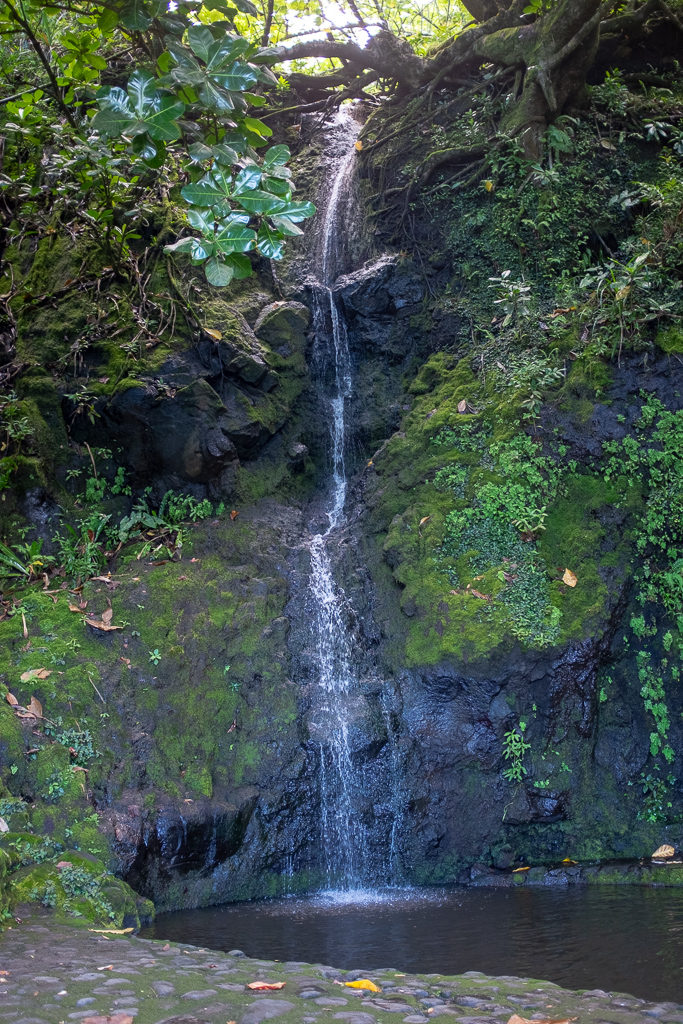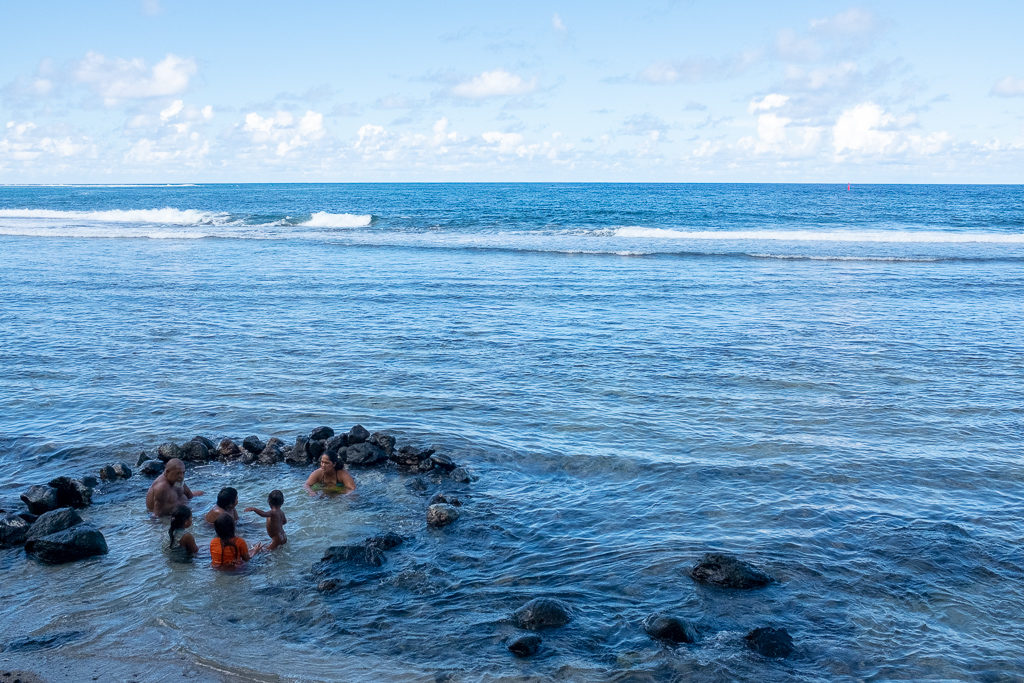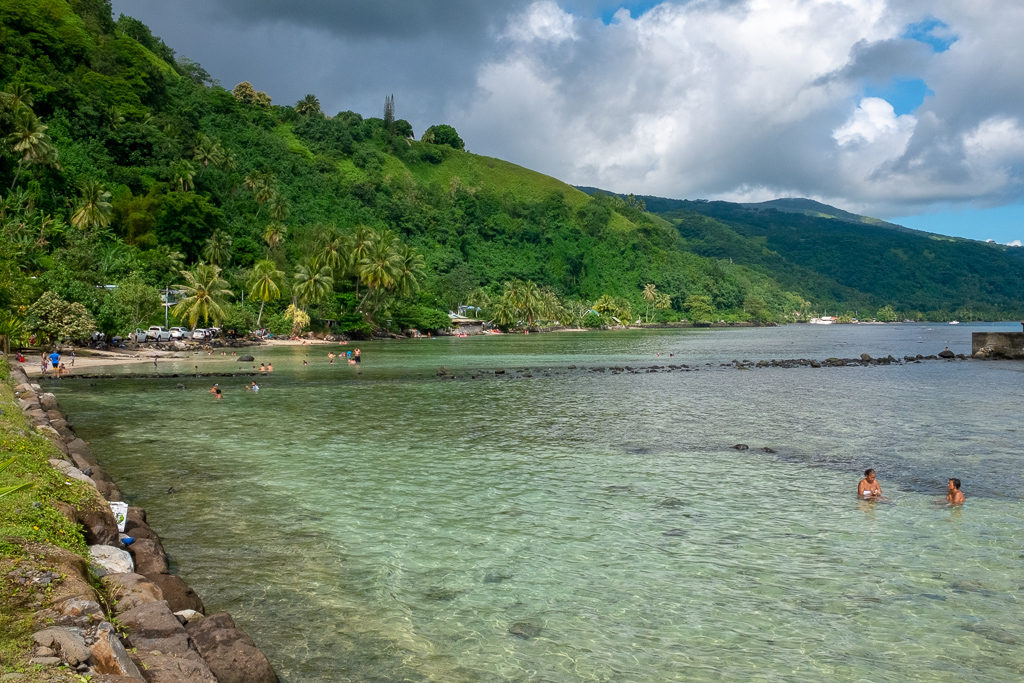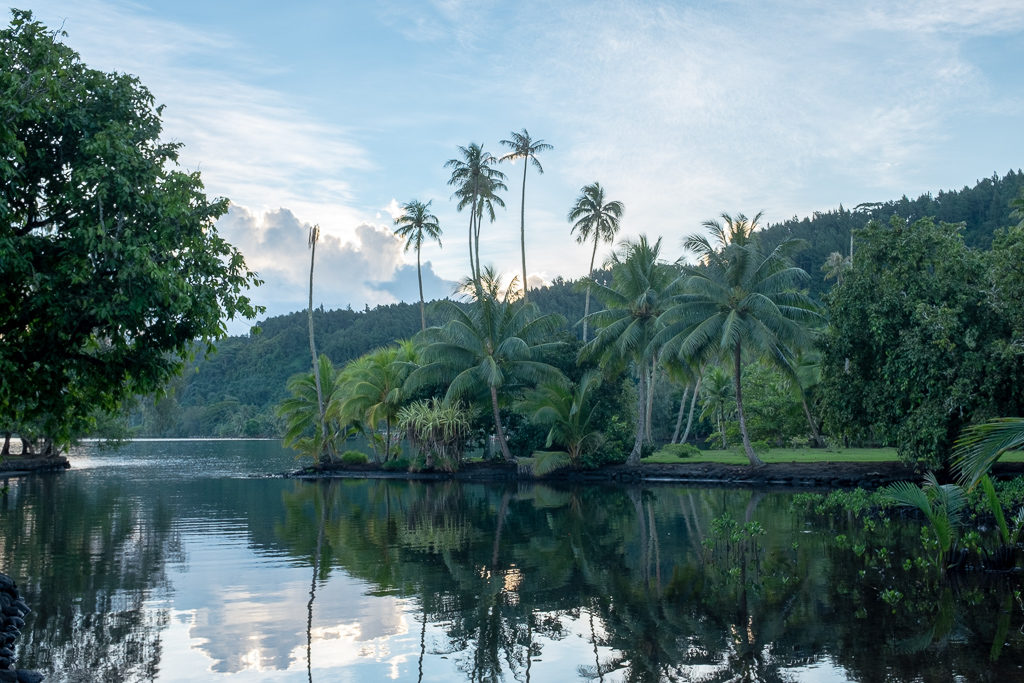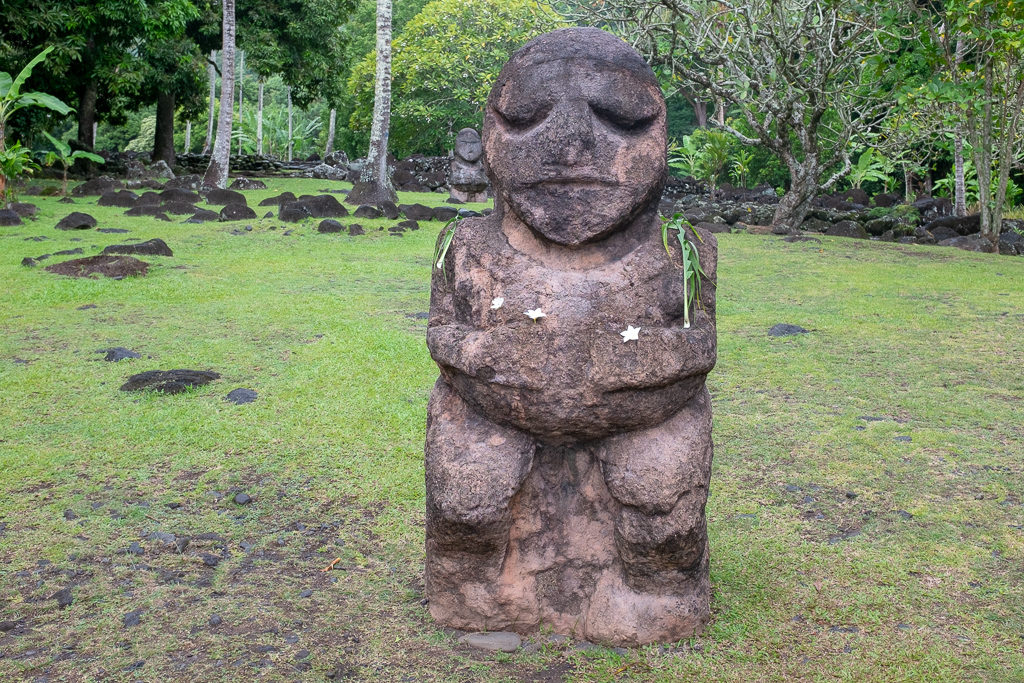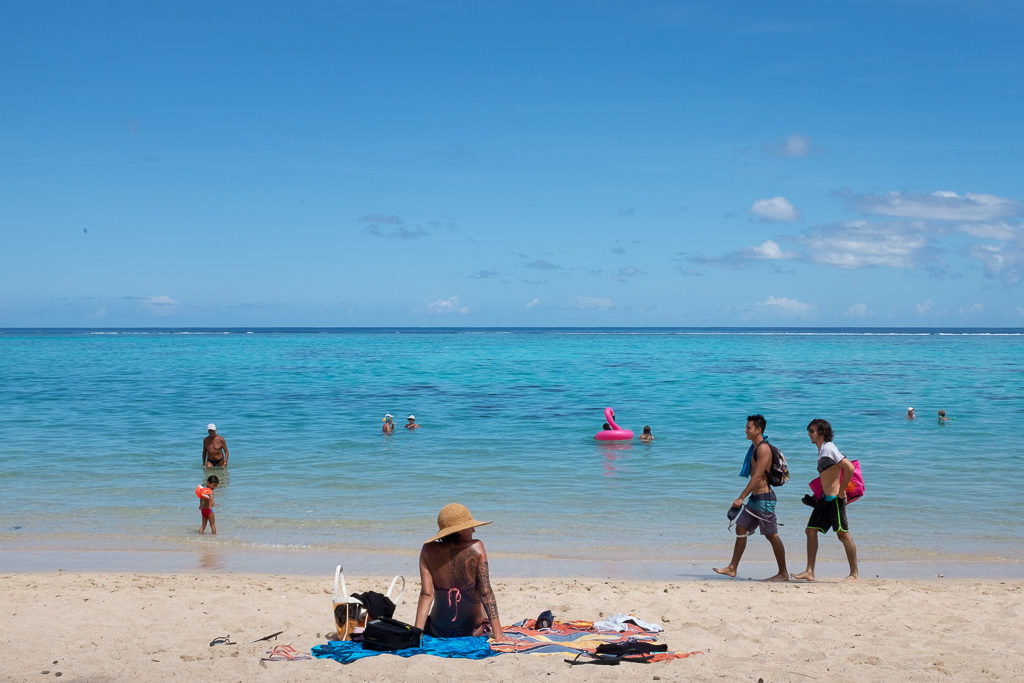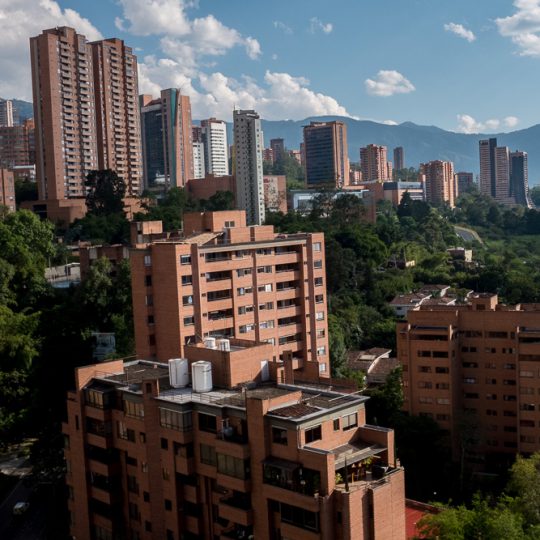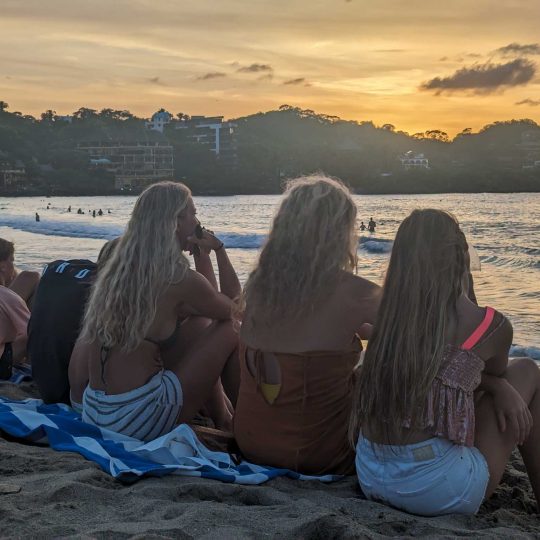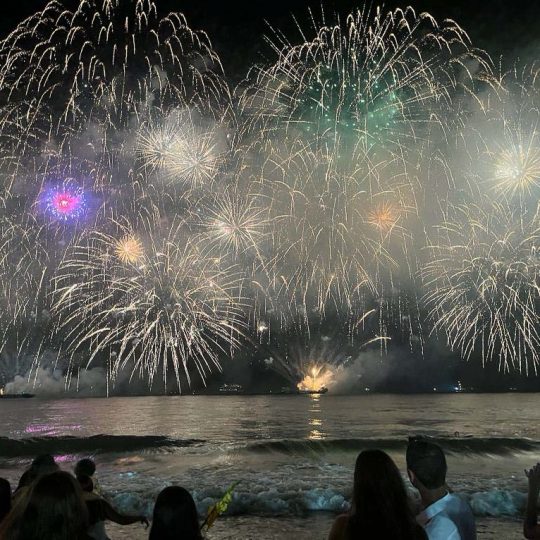100 years ago in 1919, my mother’s father, Gage Frick, departed Kansas City at age 21 to live in French Polynesia for an entire year. He took a tramp steamship from California along with a chest of books that he read. He lived in a hut on beach property owned by family acquaintances. My mother and aunt have at least one photo of him on the beach of Tahiti with some topless female locals. He stayed on Tahiti for an entire year. He had family business obligations and was probably eager to start his life and career, so at some point it was necessary for him to return home. 65 years later at age 85 he returned to Tahiti. Apparently he was surprised and somewhat disappointed that the island had changed so much since his departure; he had been accustomed to riding a bicycle, and suddenly cars were everywhere.
Throughout my childhood I remembered my grandfather as very old and somewhat of a curmudgeon. He was in his mid 80s when I was old enough to realize who he was. Many of my memories of him involve inadvertently vexing him by crying, taking large bites of my breakfast at the family’s weekly Sunday brunch, not finishing my $3 orange juice during aforementioned brunch, not wearing enough clothing during cold months (“I get cold just looking at you”) — etc. In retrospect I am sure I was annoying and also that he was cranky. I lament the fact that I was only 12 when my grandfather passed away. I’ve always felt as though I missed out on the opportunity to learn from his experiences.
He dropped out of Harvard, worked at a logging camp in the north west, served in WWII (and almost WWI), married a crazy alcoholic woman, divorced her and won sole custody of his two daughters in an age when no divorced man did. He saw some stuff; it always felt unfair that I couldn’t listen to him tell me about it. Especially about Tahiti. What was it like traveling to Tahiti 100 years ago at age 21, alone?
That story has been left to my imagination and has continued to fascinate me today — to think of taking a ship to a remote part of the South Pacific at so young an age for an entire year — fantastic — more so back in an age where it must have felt like true adventure, when the coral reefs and endemic culture were less influenced. I’ve spent so much time wondering what he must have experienced, seen, learned during his time here and decided that it must have profoundly affected him to return 65 years later. Of course I needed to visit Tahiti myself. It has been on my list of places to visit since before my first solo international adventure to Tierra del Fuego and the Atacama Dessert in Chile, after I was graduated from college. Unfortunately the cost of airfare to get to the South Pacific is prohibitive
All told, I spent three weeks on the island of Tahiti doing everything I could to explore what it had to offer. It’s a big, little island and a car is needed to get anywhere; a single road that encircles 4/5th of the island — it takes about three hours to drive around Tahiti, but even still there is a section that is inaccessible.
I stayed in three different Airbnbs with a rental car the entire time. Because I was working Mountain Standard Time hours, I would typically start my day at 3:30 AM, with a daily meeting at 4:15 AM (coinciding with 8:15 AM Denver time). At mid-day, I would walk to the beach or drive the car to explore some corner of the island. My early mornings translated into early evenings. Most nights I was asleep by 7 PM, or earlier — dead tired from work, exploration, ocean swimming and snorkeling.
Though I was asleep early, it never felt like I was missing out on anything — there isn’t much to do on Tahiti after the sun goes down. I’m not sure if it’s because the local population is very religious and family oriented, but celebration and nightlife are not tenants of their culture. And so for me, this hyper-early morning schedule turned out to be ideal and convenient here on Tahiti. A platitude my mother often repeated and credited to her father was “early to bed, early to rise makes a man healthy, wealthy and wise.” I chuckled to myself that maybe I had discovered where Gage had initially adopted this lifestyle. I was able to make the most out of the day while still working full time. I have even begun considering other destinations in the same vicinity for the same reason (it’s the same time zone as Hawaii), unfortunately there aren’t as many options in Middle-of-Nowhere, South Pacific as I would prefer. Additionally it is really expensive down here.
One thing that’s striking about Tahiti is the geology. The mountains are every bit as beautiful as the beaches or ocean because they look really, really old. In my hand-written journal I’ve described them as handsome, and I think that term is fitting. They have austere, chiseled profiles that rise impossibly quickly into the islands center. Often the tops are covered in mist, making them seem very mysterious (misterious?). Canyons split the core of Tahiti and rivers carve through those — much of these beautiful mountains are inaccessible to roads; however you can catch glimpses up into canyons while driving around the island.
The first place I stayed, on the west coast of Tahiti, is a 5 minute walk to the best snorkeling water on the island – beautiful teal water replete with coral reefs and many fishes. There is an off-shore reef a few hundred meters out that breaks the incoming surf making for ideal, easy, swimming. From here you can see the profile of Moorea, about 15 kilometers away (and my subsequent destination following Tahiti), sitting there as a foreshadowing of what was next. In the meantime though, I worked to improve my swim capacity and become familiar with the undersea flora and fauna. My favorite fish became the Picasso Fish owing to it’s absurd composition: an over-sized face and undersized fins. My favorite corals were blue and purple. This is the first destination I’ve felt the desire for an undersea camera and as much use as I would have put it to, I’m grateful that my leisure time in the water has never felt the same photographic obligations I feel while on land.
The second place I lived in on Tahiti was for 10 days on the south coast, a 5 minute walk to a truly pristine, vacant, black-sand beach. The kind where the sand is pure, homogeneous black without rocks or shells or flotsam mucking it up. The surf was much louder, rougher and broke practically on top of the shore. The current was also strong, but the swimming was still great. My second trip to the beach I swam to a small offshore island, a 30 minute swim away. What an adventure this was — I emerged from the water onto this island that was only about 200 meters long, 50 meters wide. The shore wasn’t sand, but coral shards in all shapes and sizes and colors comprising a loose jumbling along with shells that spread and was dispersed inland onto an earthy, forested floor of pine needles and palm leaves. Here both conifers and palms built a canopy shading forest floor from the sun. And down upon this forest’s floor, another surprise — dozens and dozens of forest-dwelling red crabs. They noticed me from far away — there were few actual trees or flora obscuring view — and slunk stealthily into their claw-dug holes in the earth. There were so many crabs it was a true spectacle – all within my field of view – how many additionally lived below ground and emerged at night? Most were the size of the palm of a hand, some the size of a hand. I stood and listened to the sounds of their robotic legs retreating them until they had attained predetermined safe distance; everything became still. Then I would take three more steps to trigger the ranged sensors of their retreat to watch it again.
I exited the forest onto the beach at the opposite end from where I had entered, to look back at Tahiti, from where I had swum. I could see Mount Orohena, and behind me, Tahiti Iti, the smaller, south-eastern part of Tahiti, split off by the isthmus directly to my east. I sat down upon a drift wood log and continually alternated my gaze over my shoulder to Tahiti Iti, and then back again to Mount Orohena in front of me, picturesque, both. I noticed handfuls of tiny hermit crabs emerging from their shells plodding along the shoreline. They were no larger than my pinky fingernail and somehow decorated with all sorts of varied, colored and architected shells-as-homes. They must have been doing this before I arrived to sit on the log to admire the view, restarting where they left off only after determining the coast was clear.
And even different crabs were now emerging from the shoreline — blue crabs with narrow, black eyes perched at the top of their heads as pivoting slits of dark. I watched one fend off another that was passing too near its position in front of a small pile of sand — pushing the intruder away with a body check. The whole scenario really felt as though I was in the midst of a David Attenborough segment; absolutely fascinating to stumble upon a micro ecosystem where apparently crabs are king. Truly the most fulfilling times travelling are when it seems as though you are discovering something new, even if only for yourself. I’m sure Gage Frick experienced something like this often throughout his time on Tahiti.
My third living location was after returning from Moorea and Bora Bora, and really served to facilitate a checklist for ensuring I had accomplished everything I needed to before departure. I realized I had spent so much time exploring Tahiti that I had neglected my initial pursuit of retracing the steps of my grandfather. I consulted recent correspondence from my mother’s sister who related her account of returning to Tahiti to spread his ashes a number of years ago. Her description of where she scattered his ashes read like a treasure map: off the coast of a botanical garden alongside a museum to the artist Paul Gaugin. Both the museum and the gardens have since closed but of course I would retrace her steps and find the place anyway.
I arrived an hour before dusk to a picturesque peninsula described by my aunt; it formed a scenic, shallow, black sand lagoon with palm trees hanging over it. From here you could see the mountains rising across the lagoon into mainland Tahiti, the lagoon, the ocean to the south the surrounding trees and vegetation, the immense, unobstructed sky. This is the sort of place I would expect my grandfather’s ashes to be spread, a place worthy of it. The last three photos appended below are of this location.
I took a few minutes to let my grandfather know that I enjoyed following his trail to Tahiti. I told him that I believed I could relate to his experiences now that I’m older. I asked him what he felt when he left Tahiti, and when he returned 65 years after. I told him that I think we would be friends if we knew each other now. For the first time it felt as though Gage Frick was listening to me.
